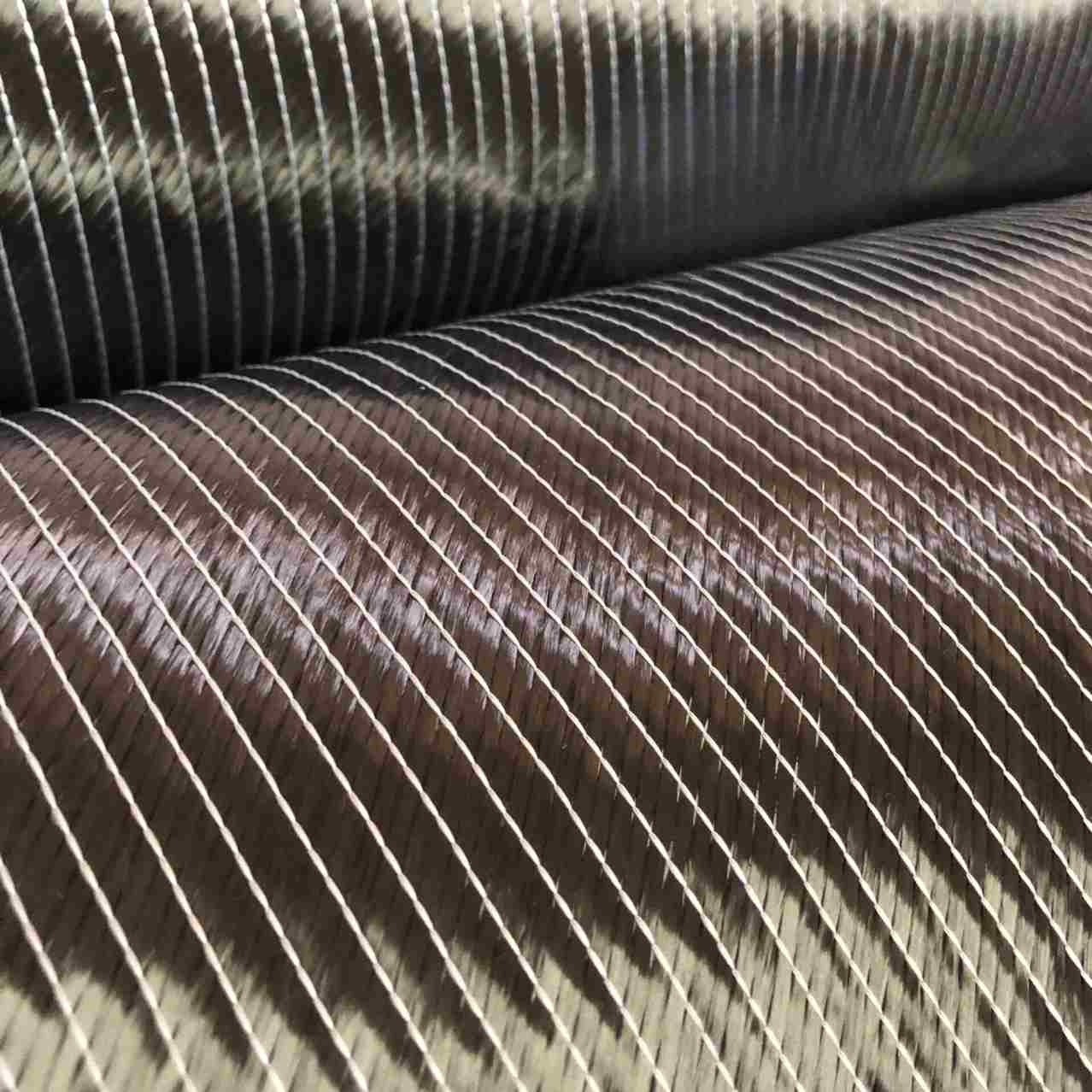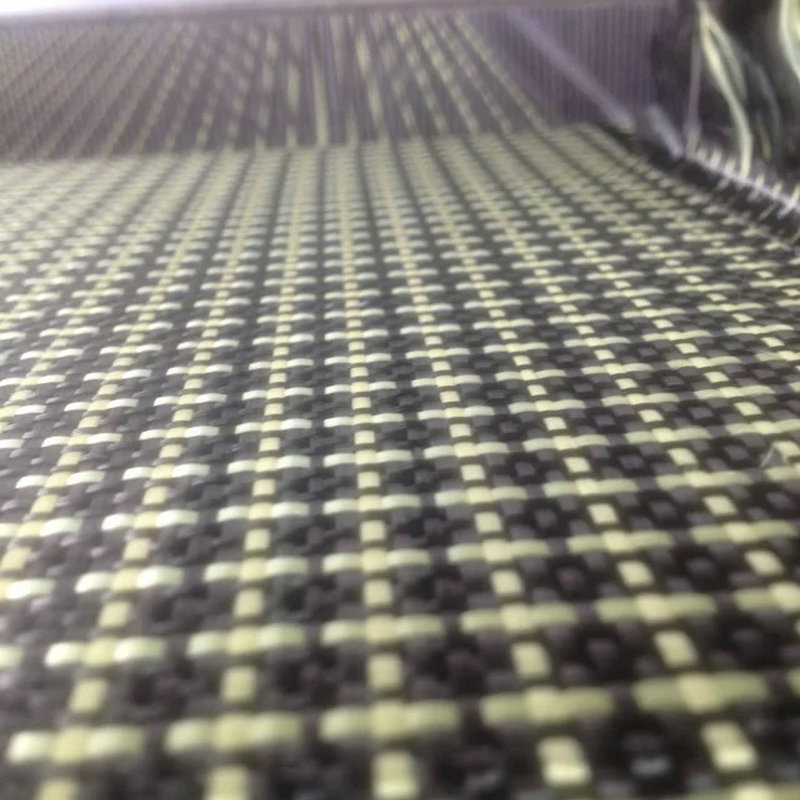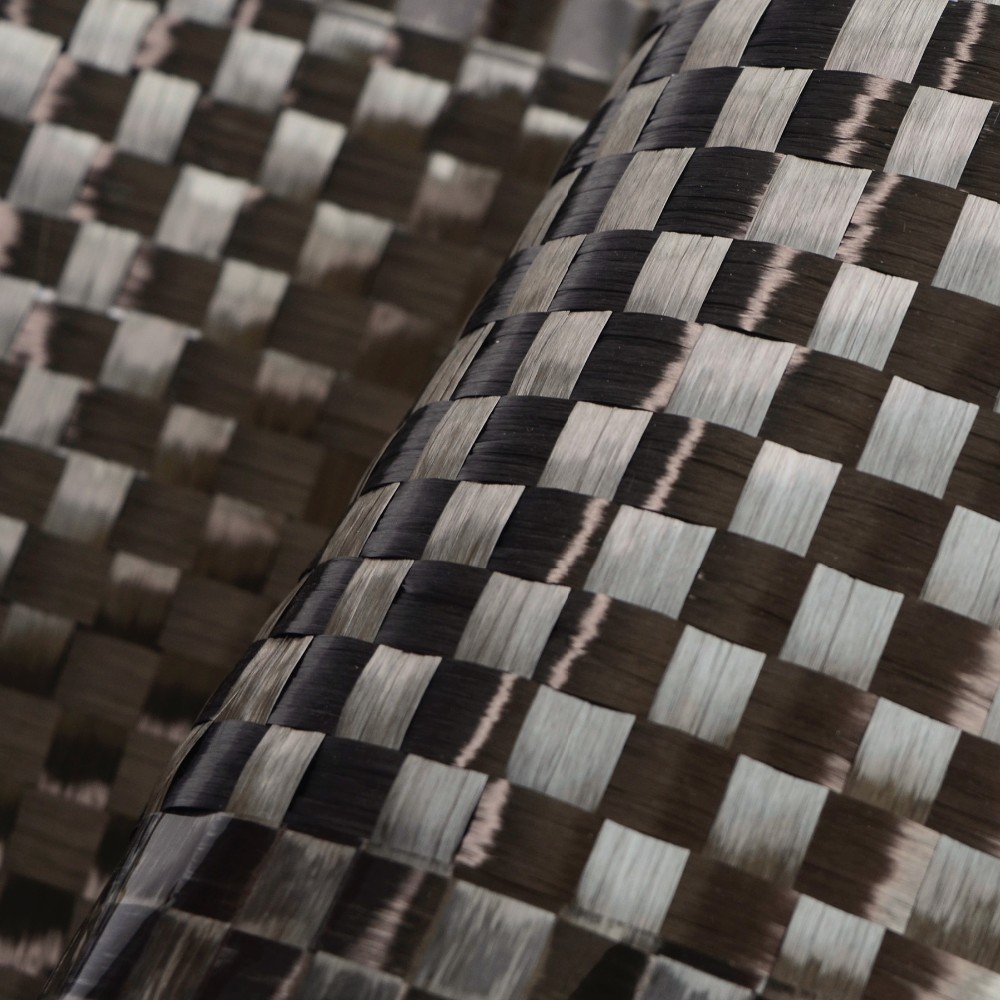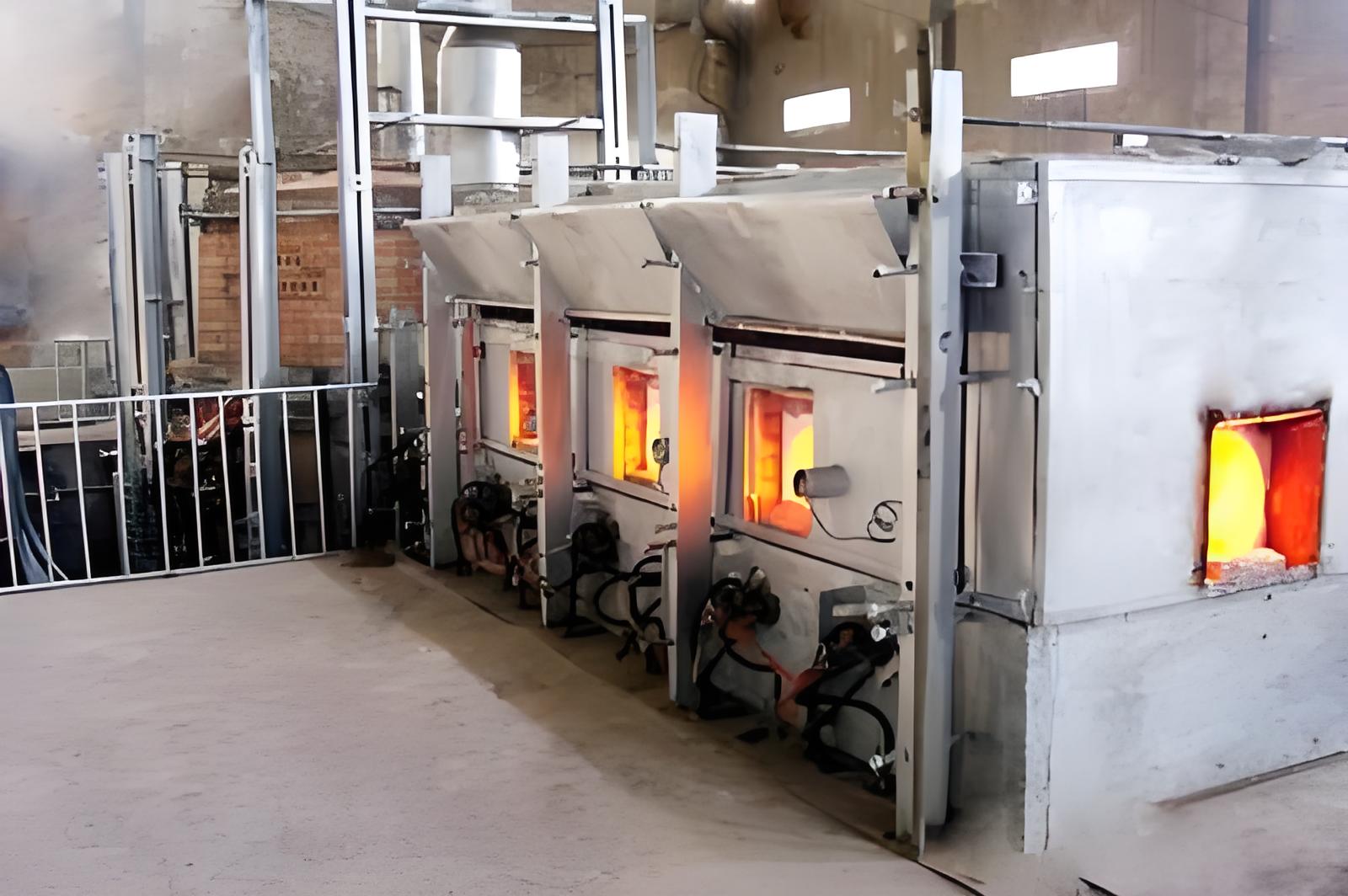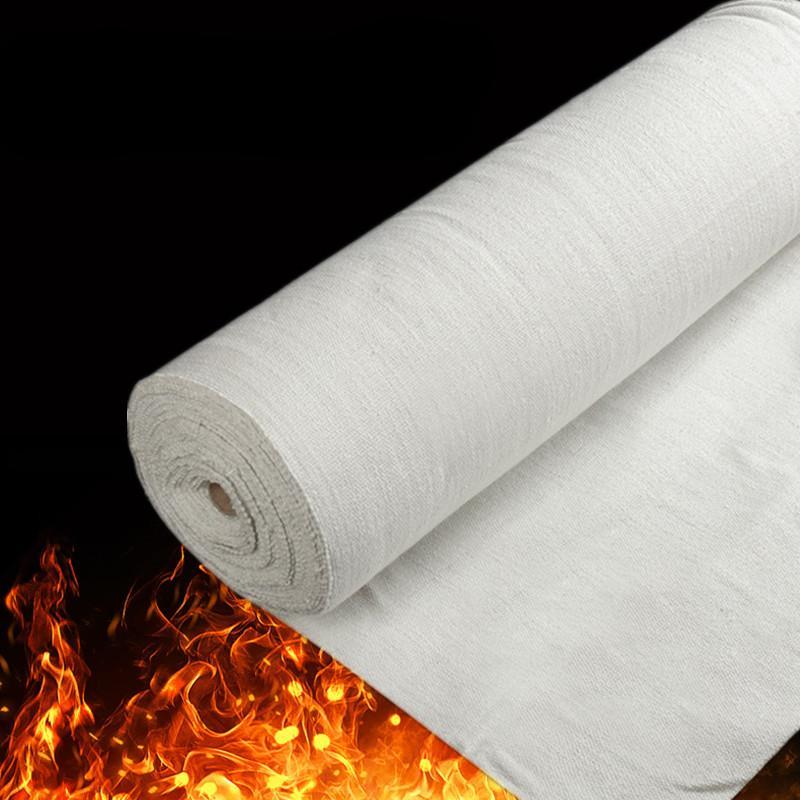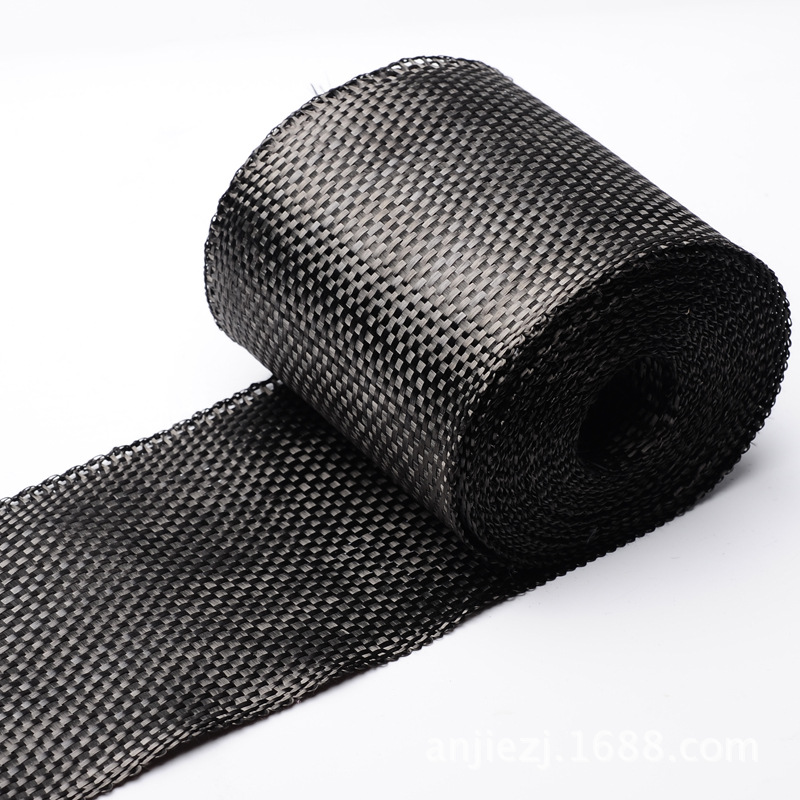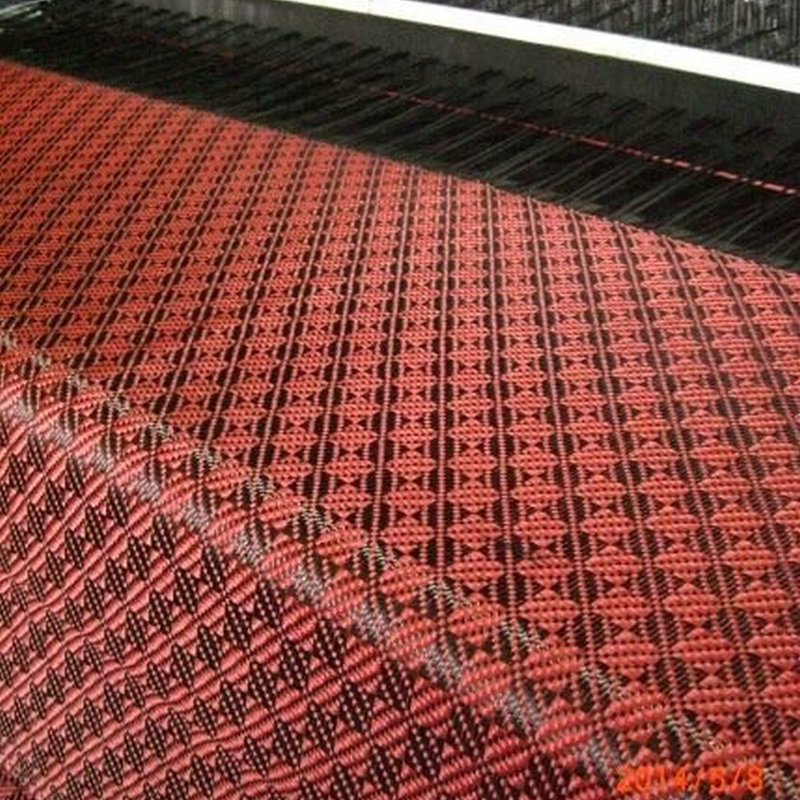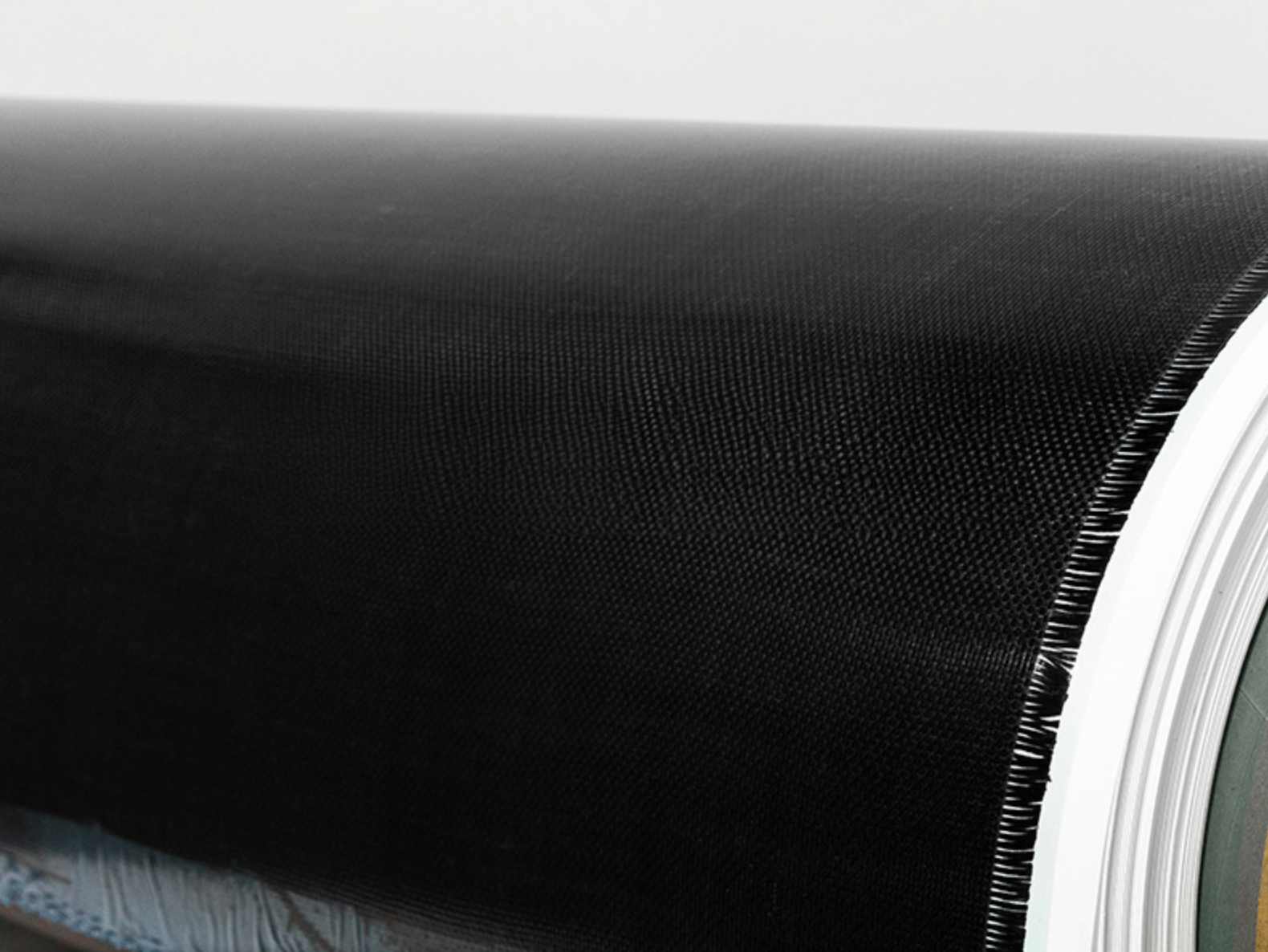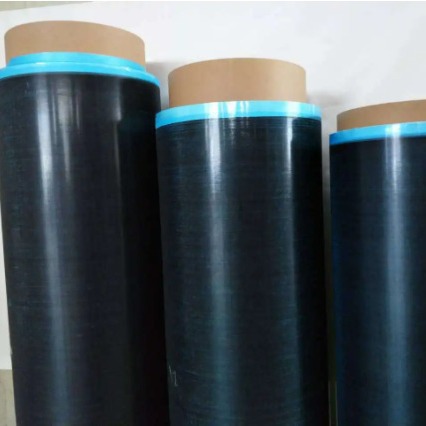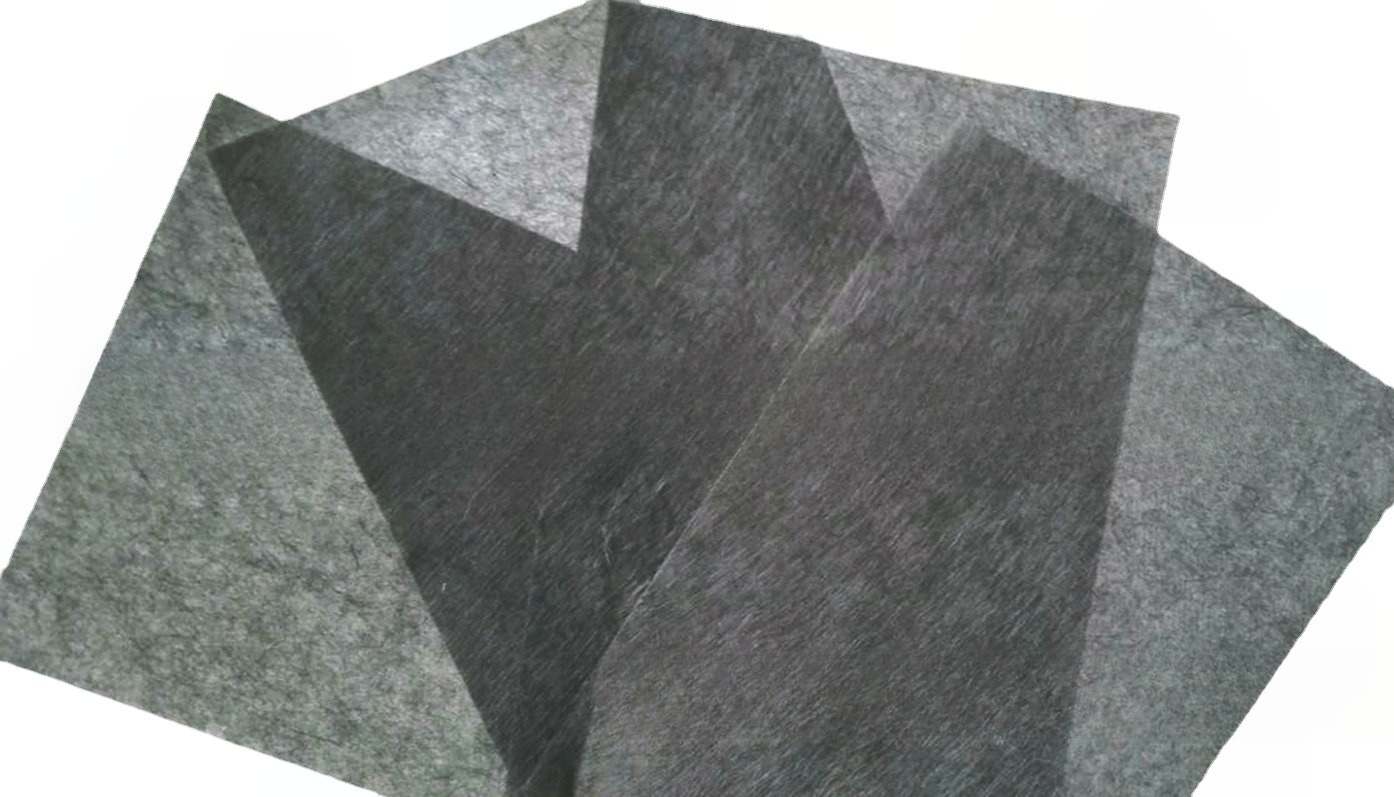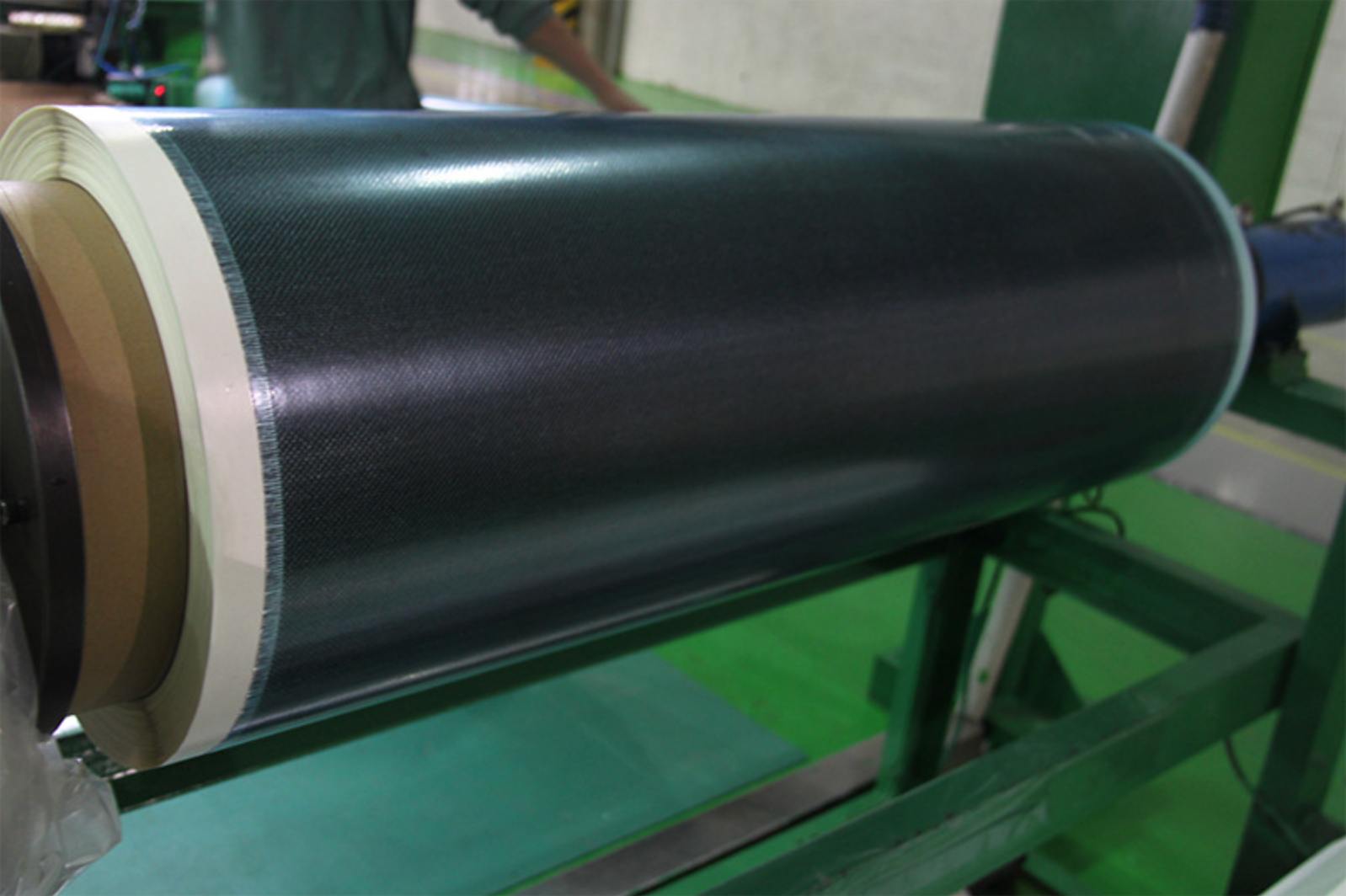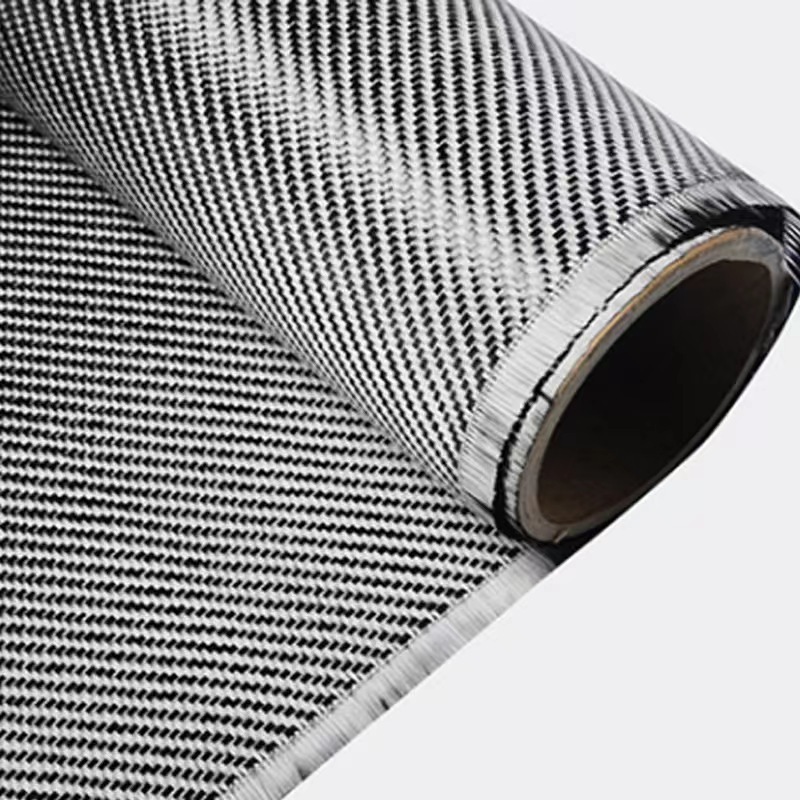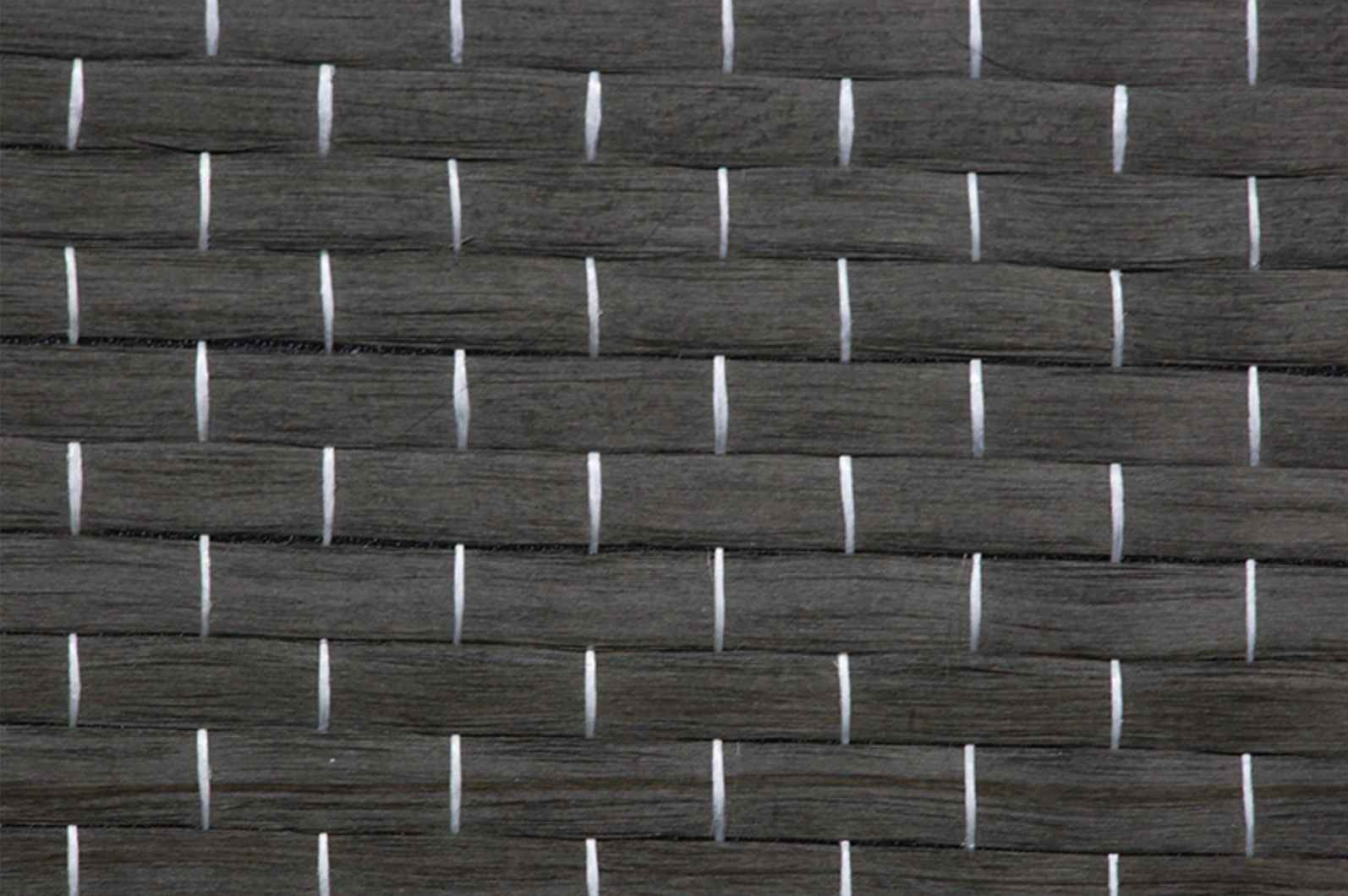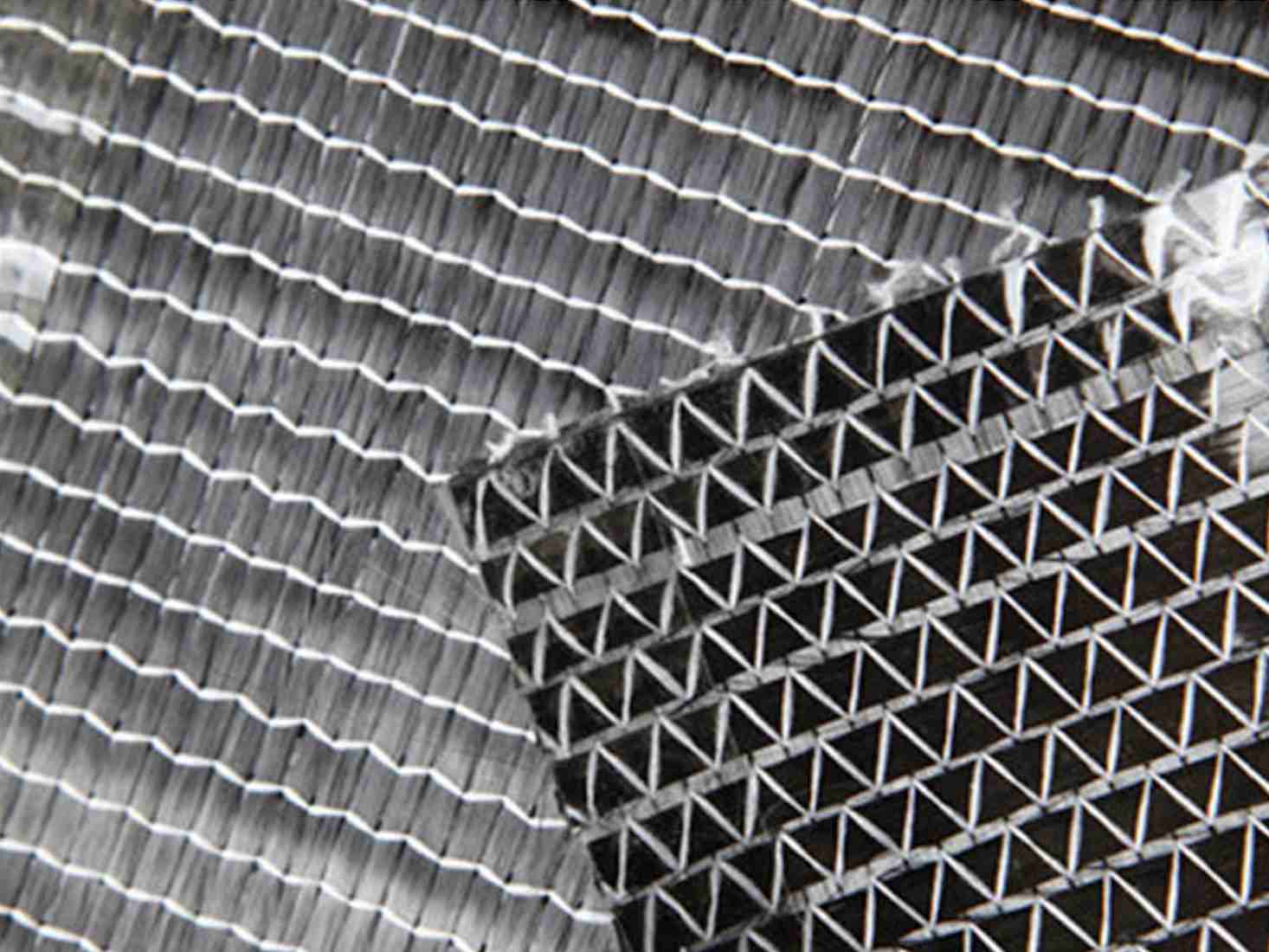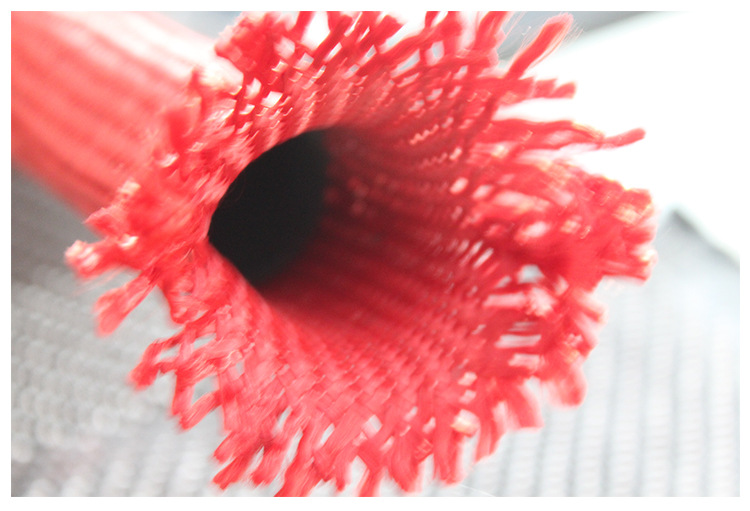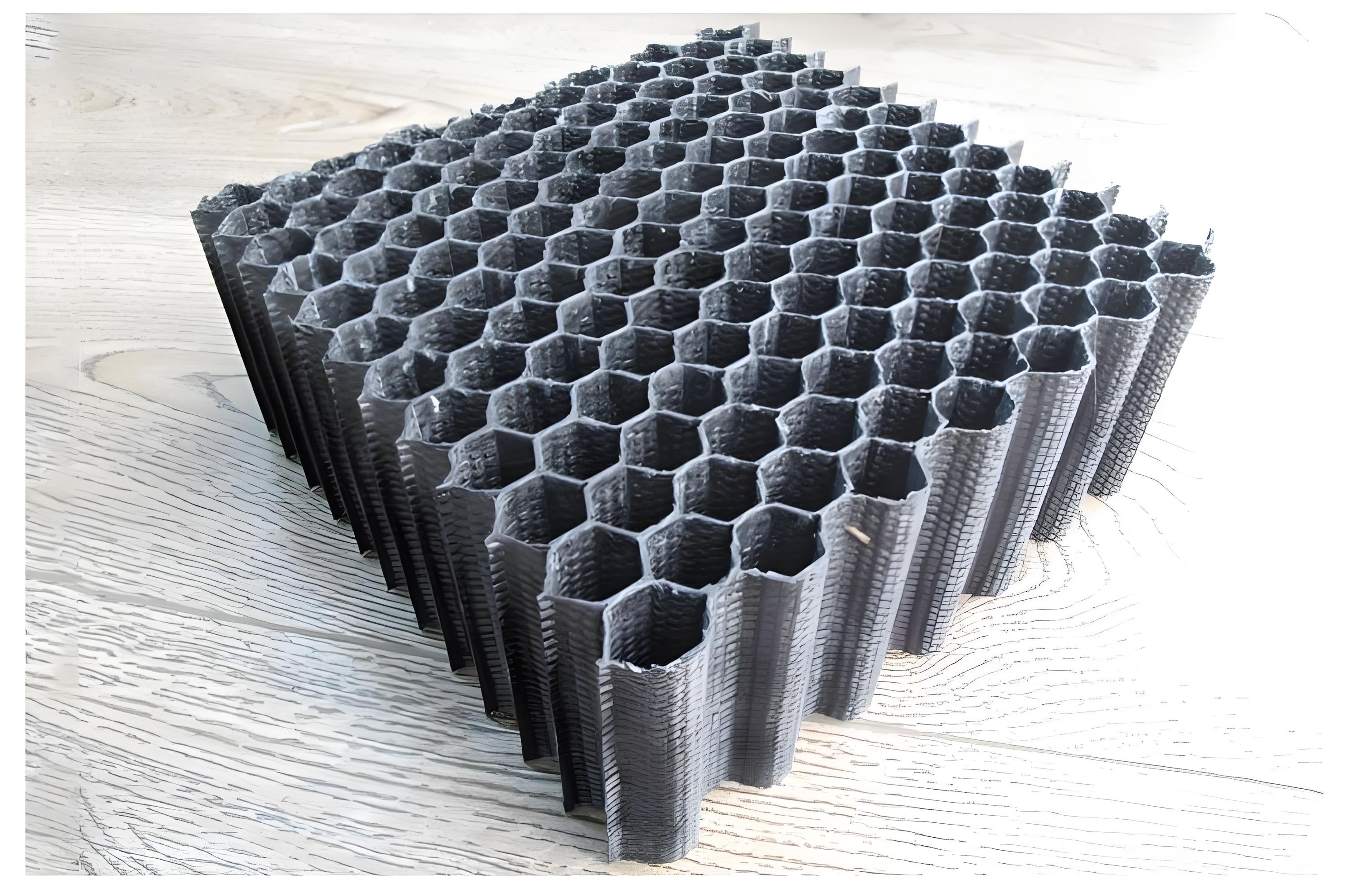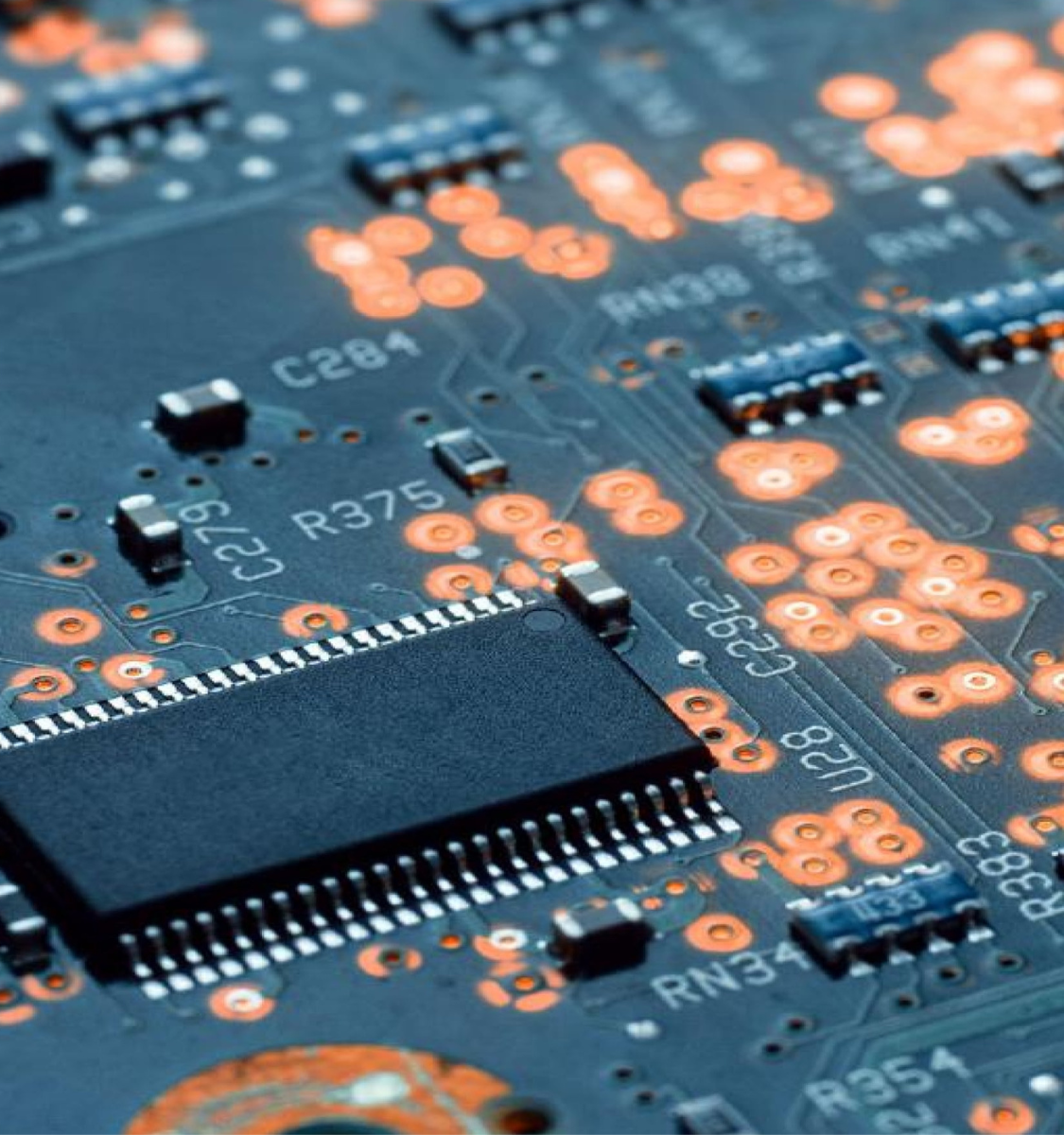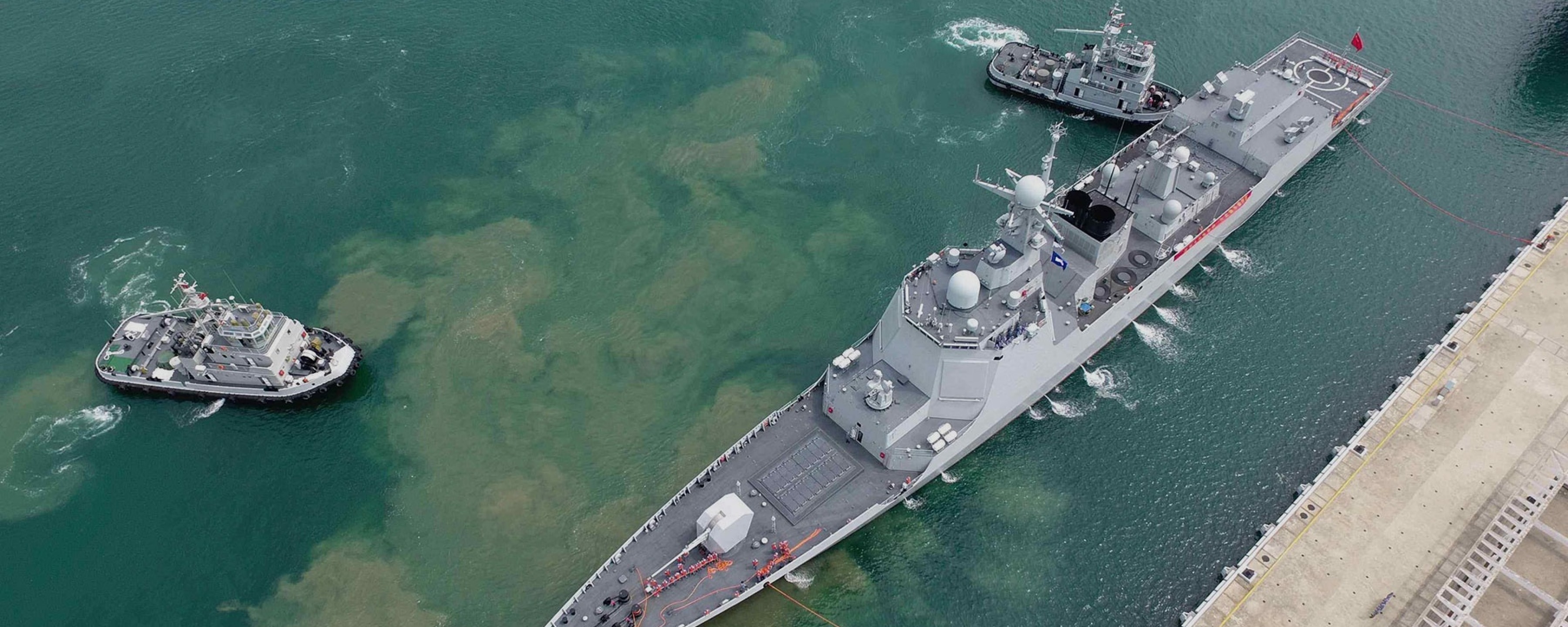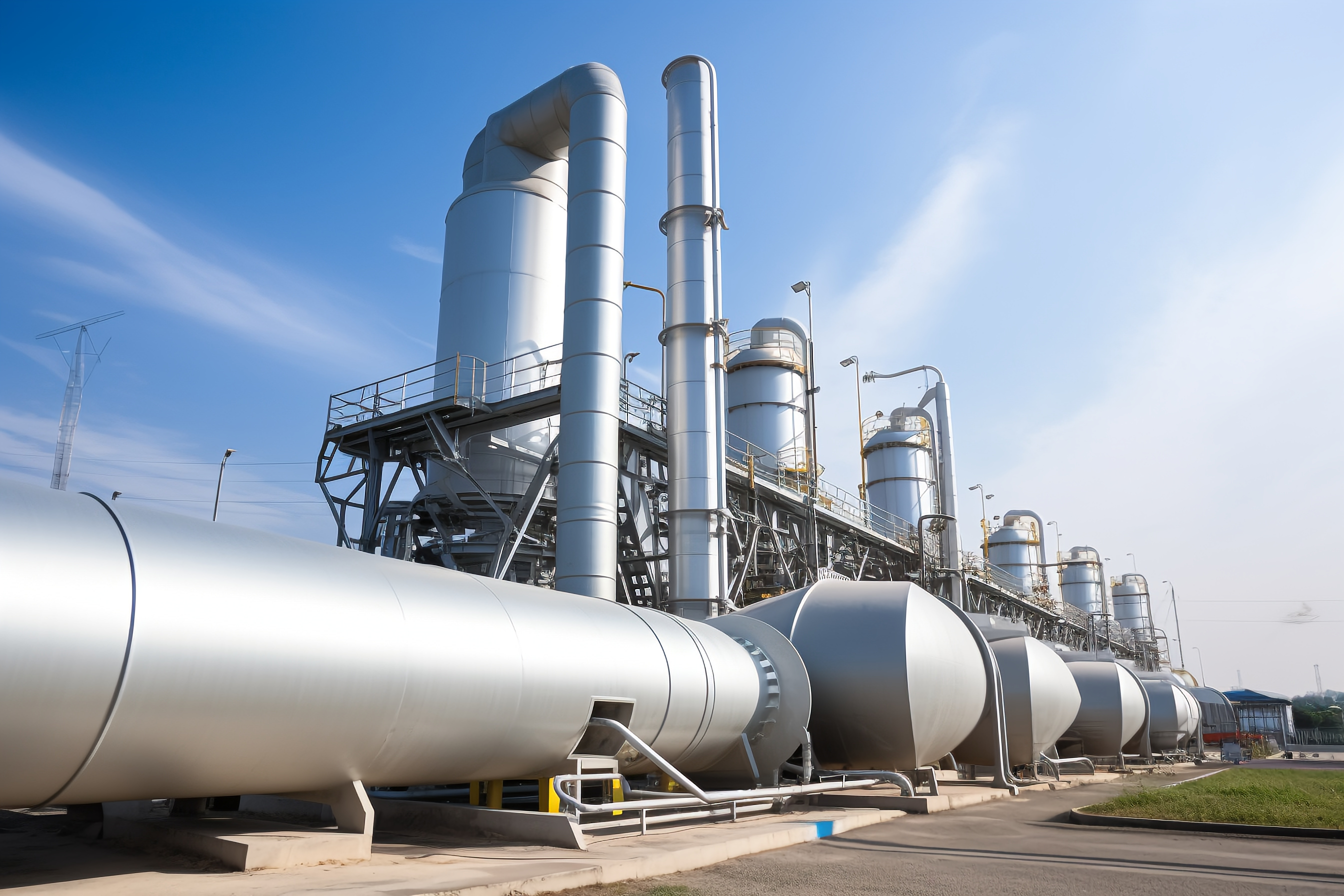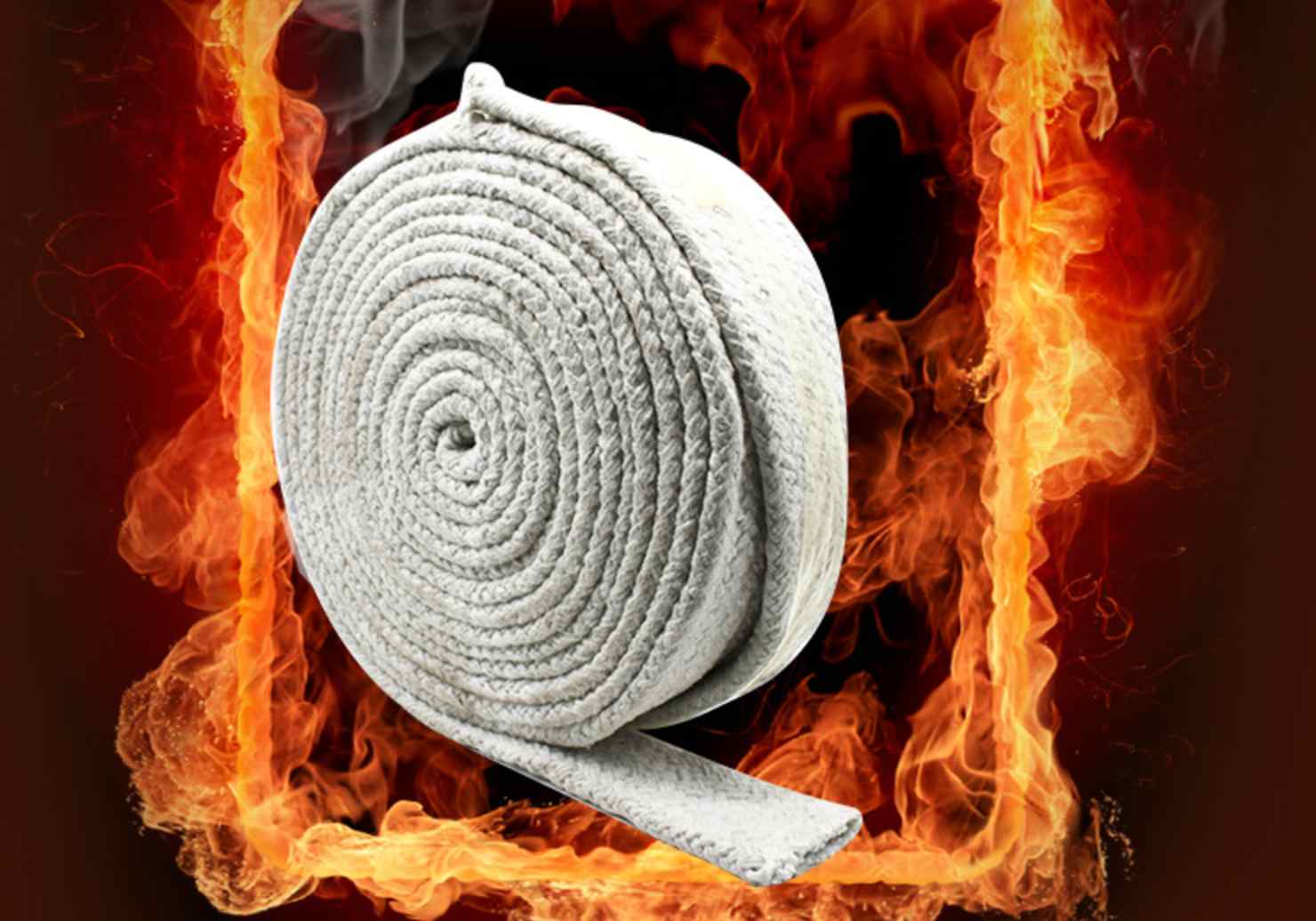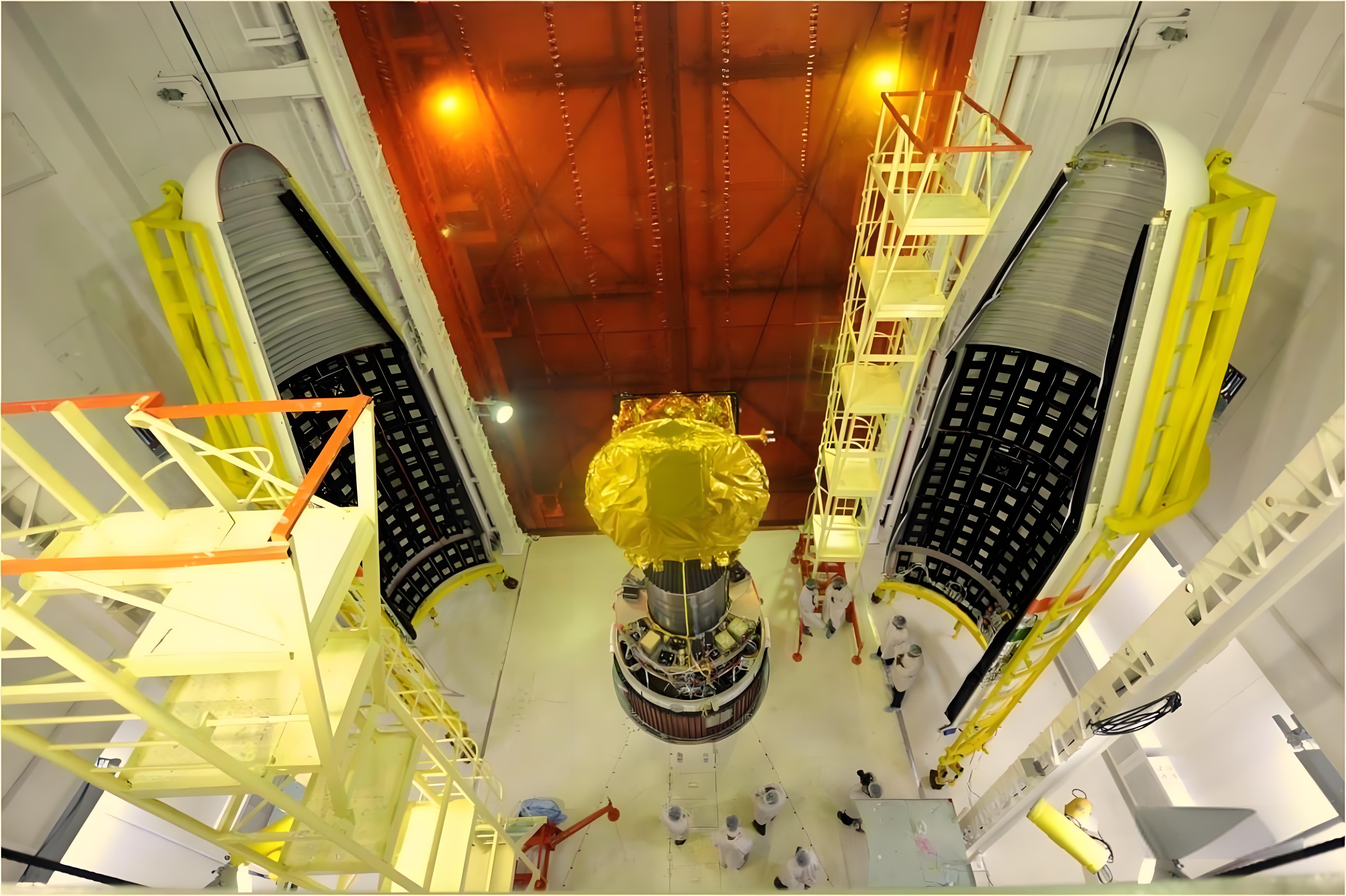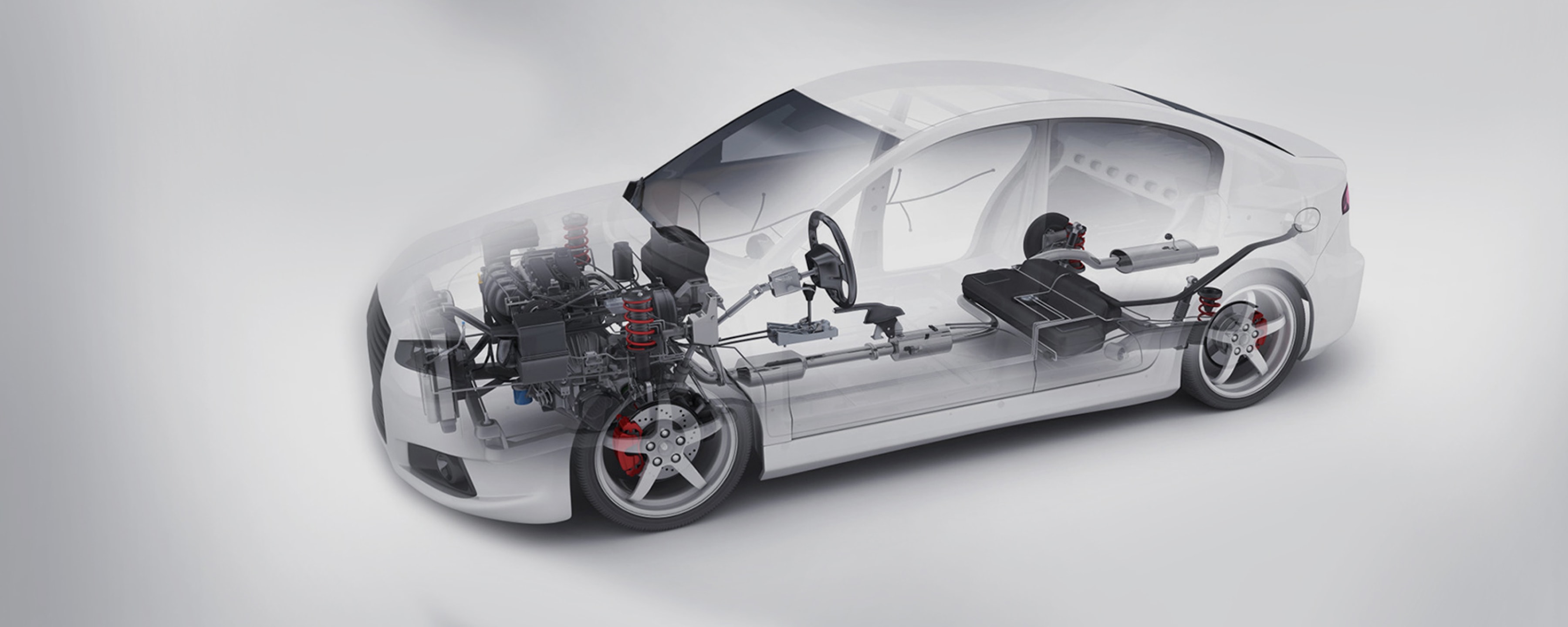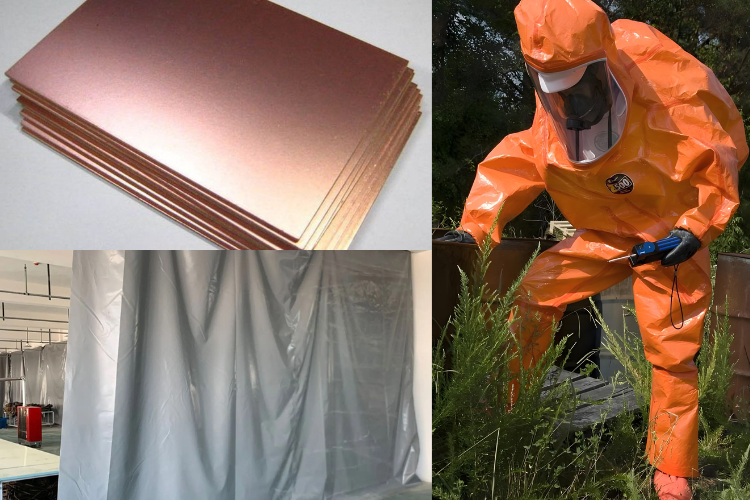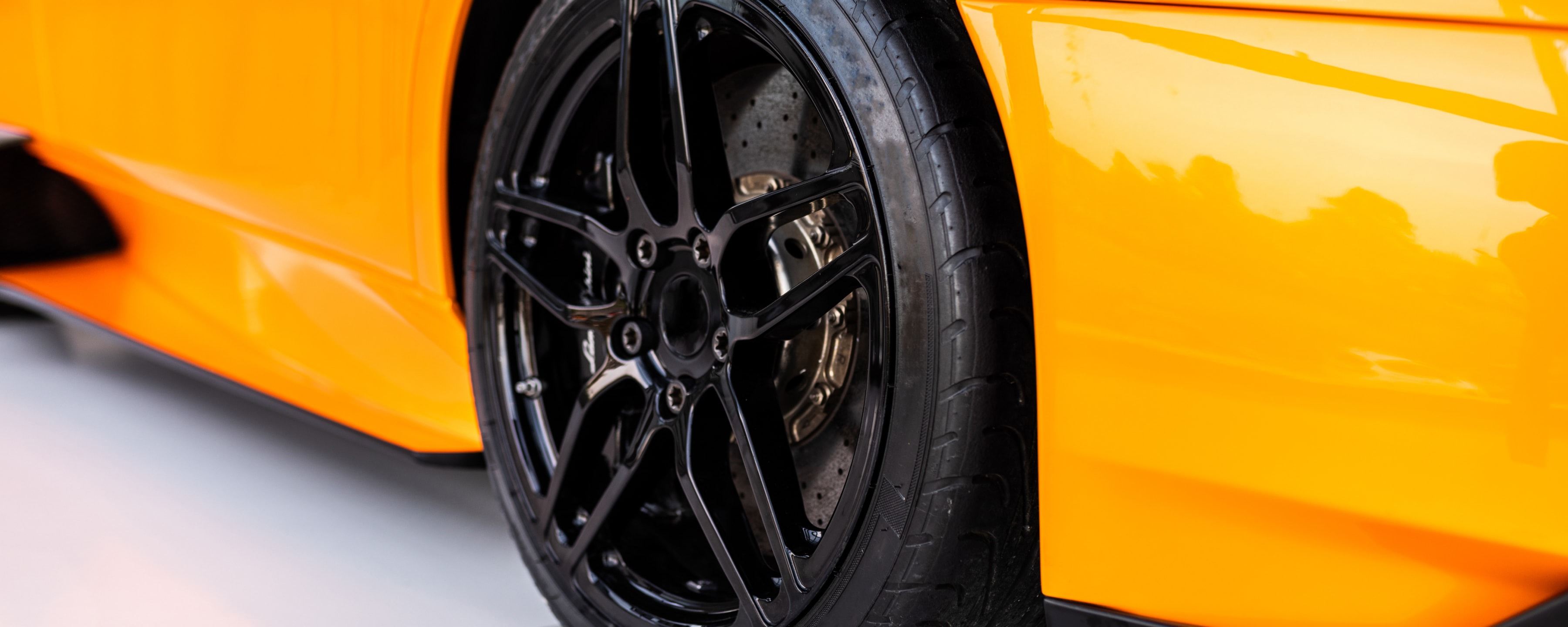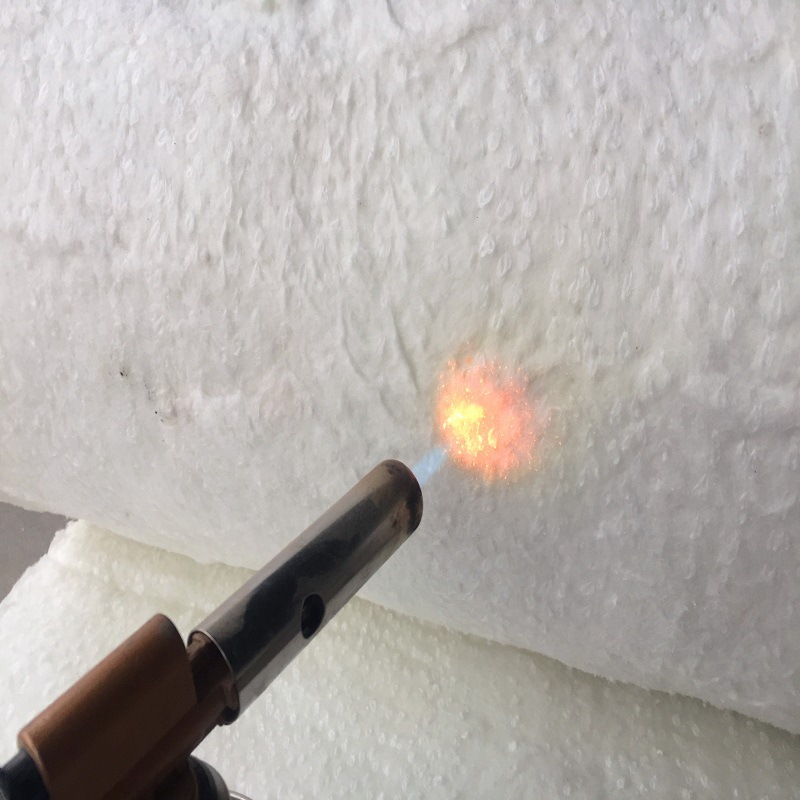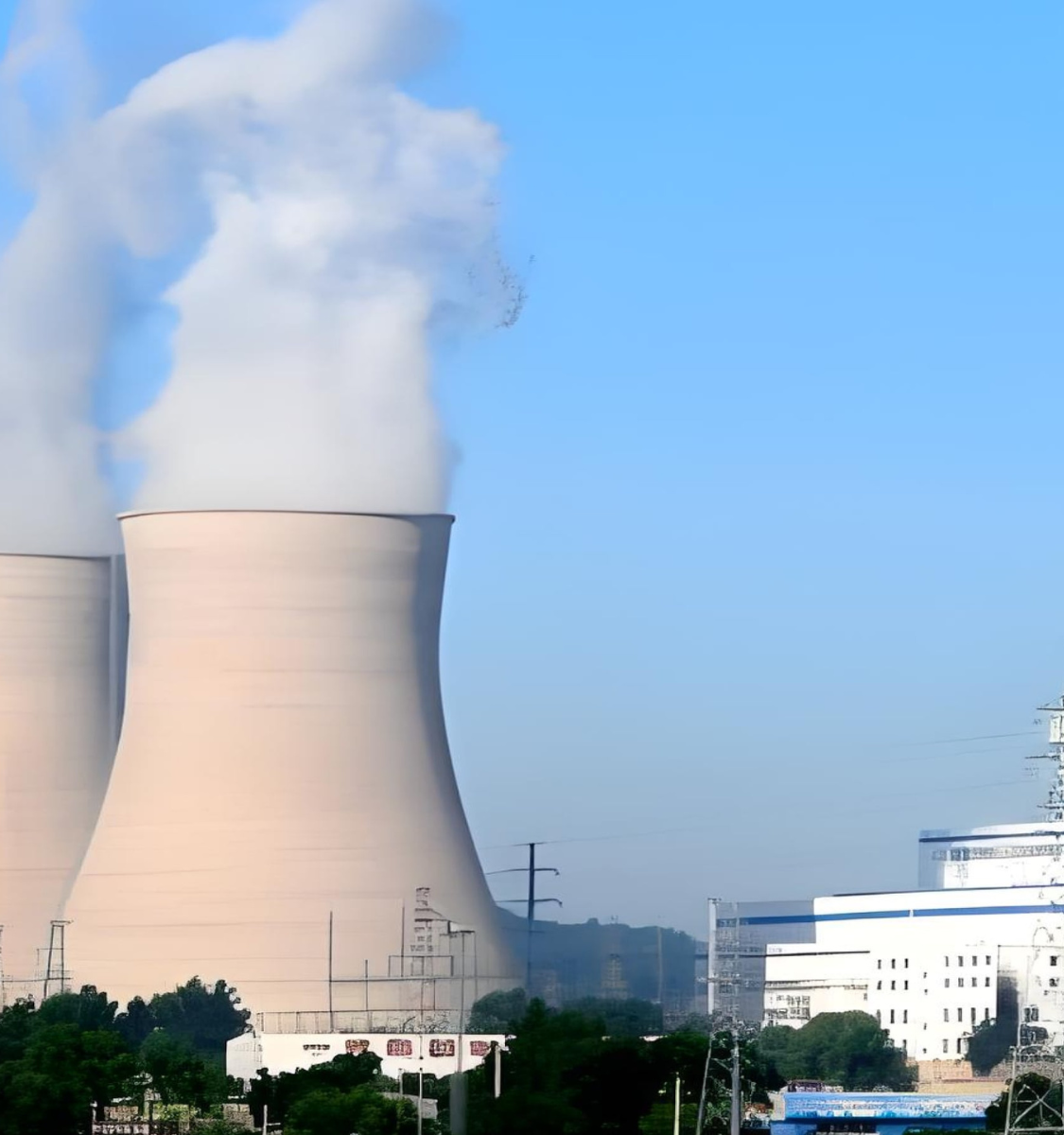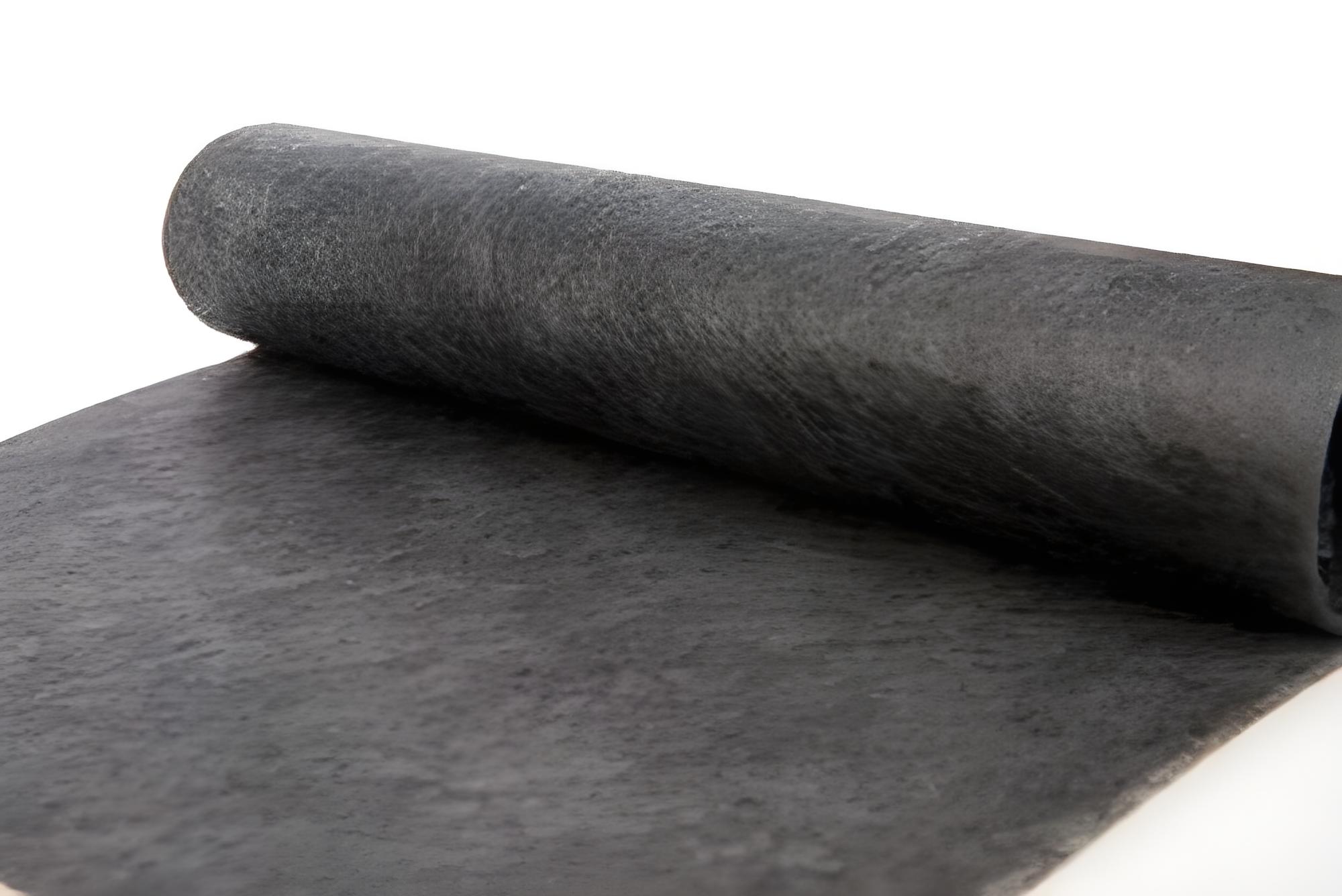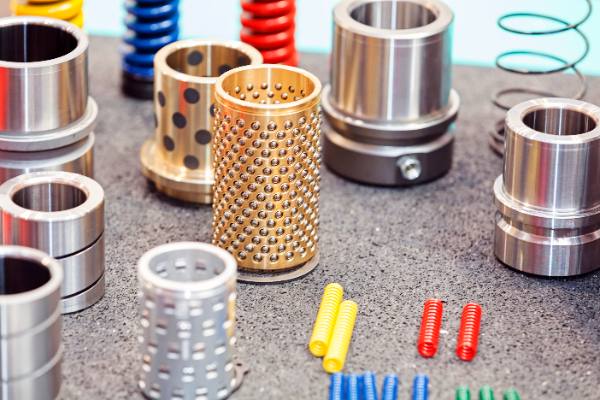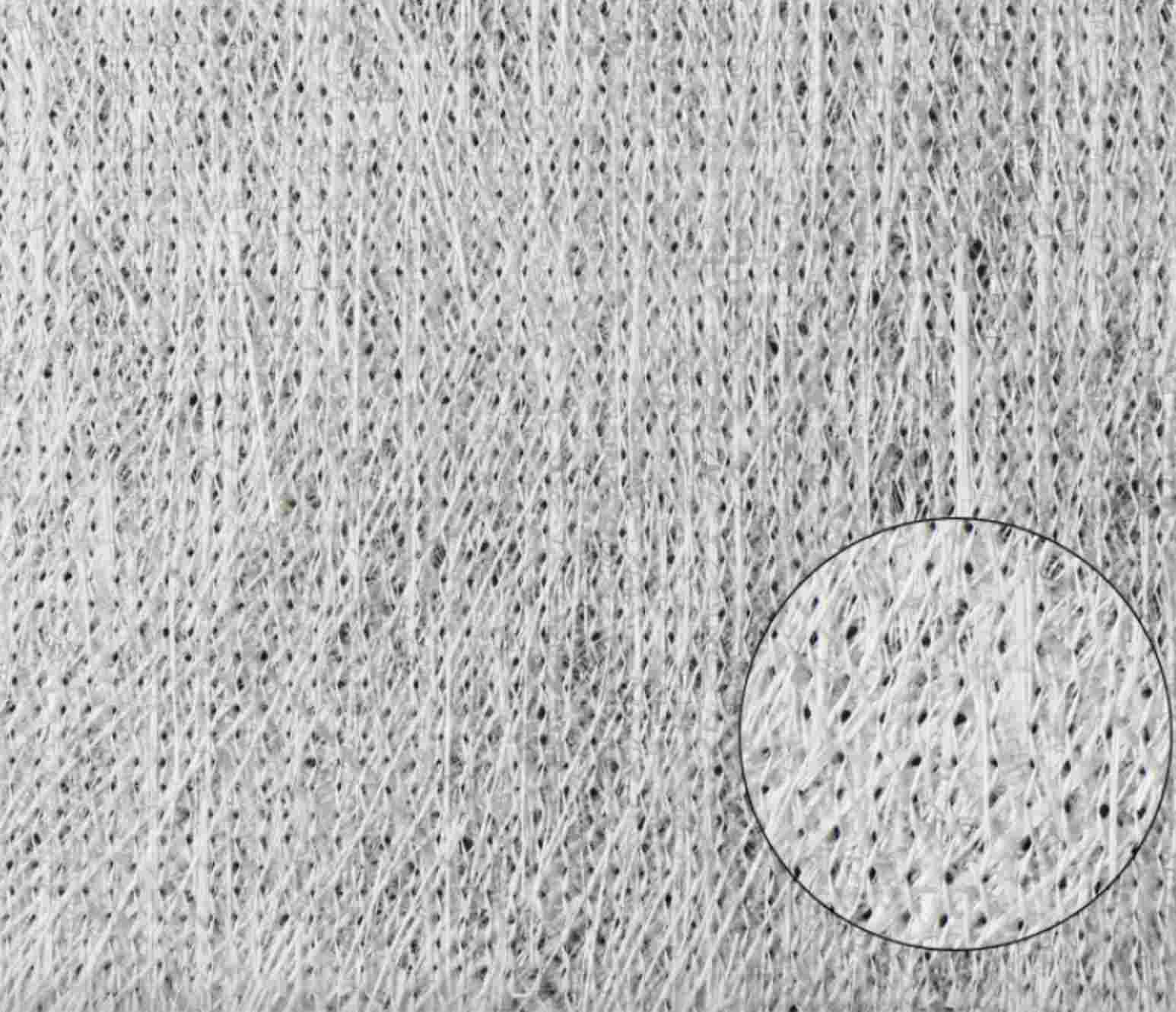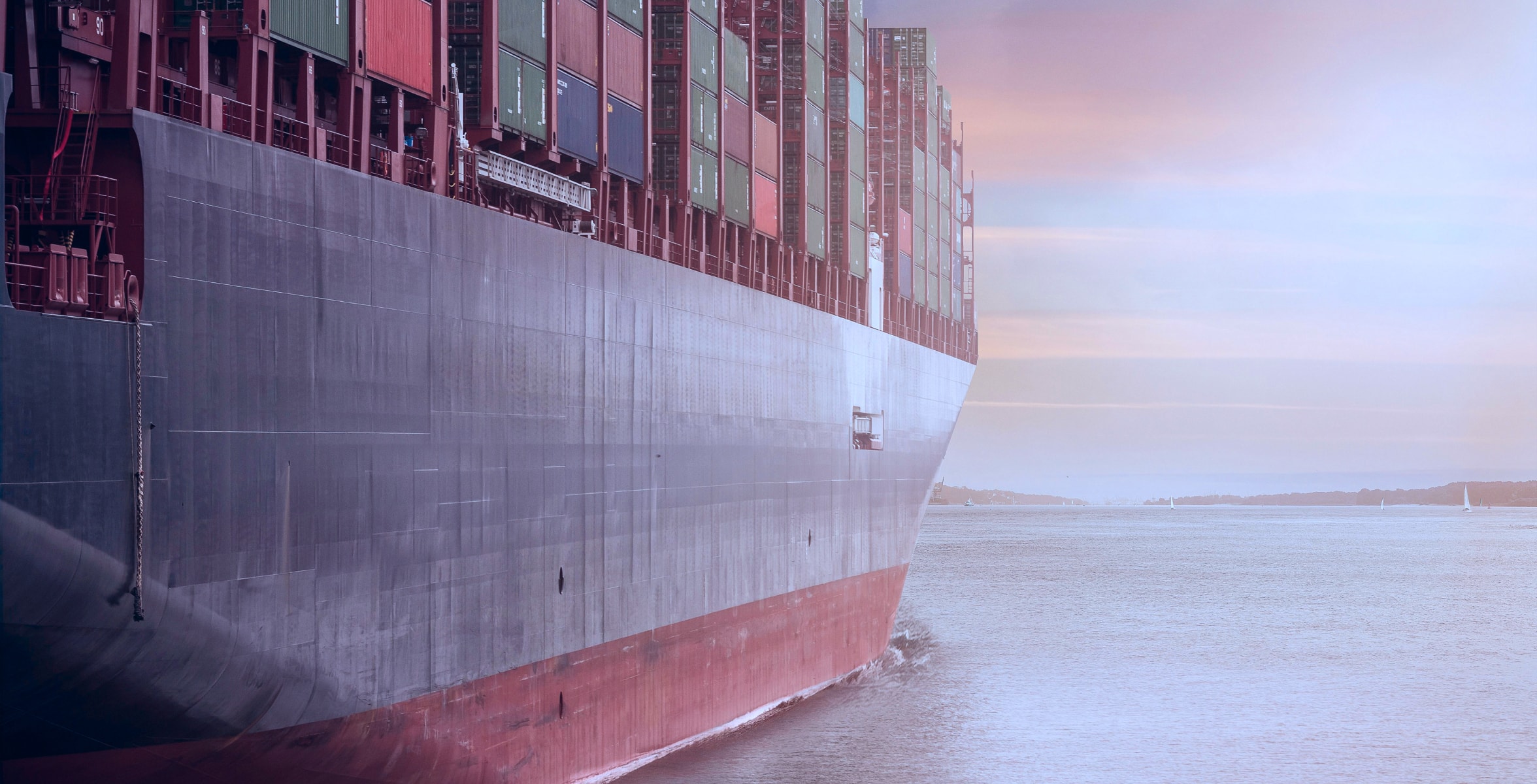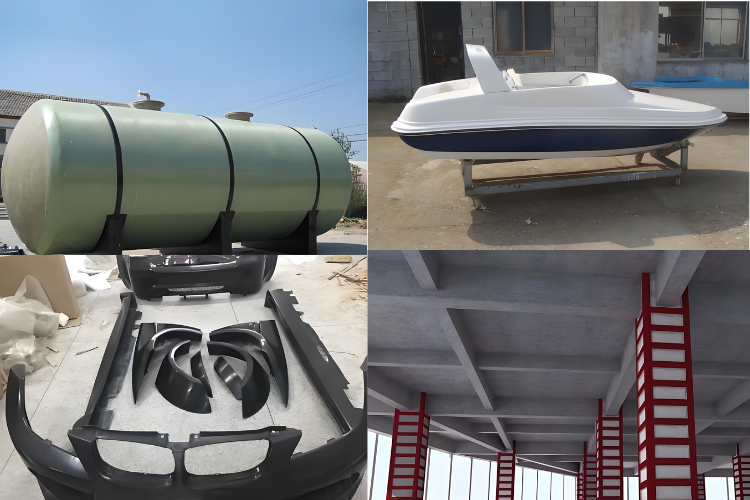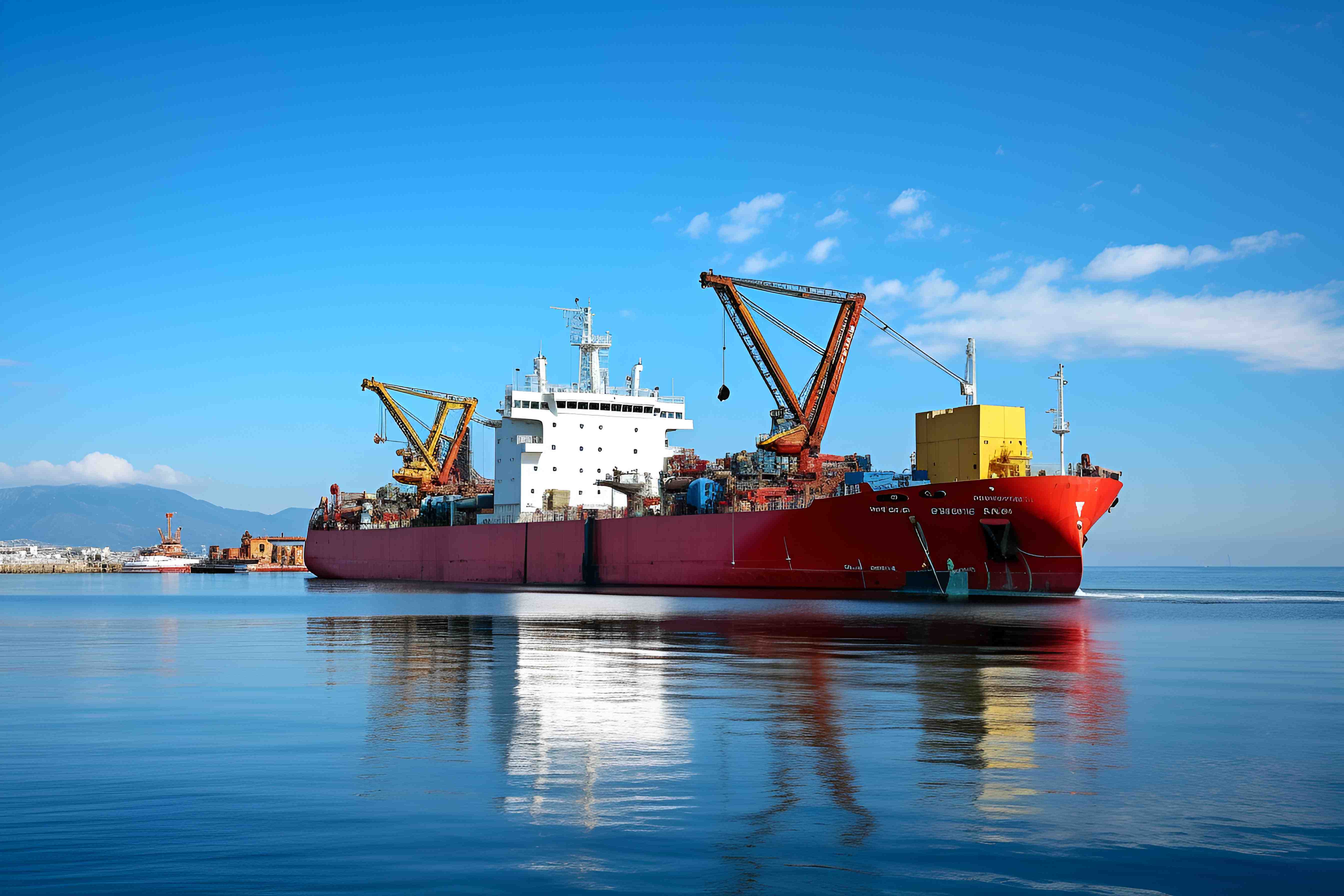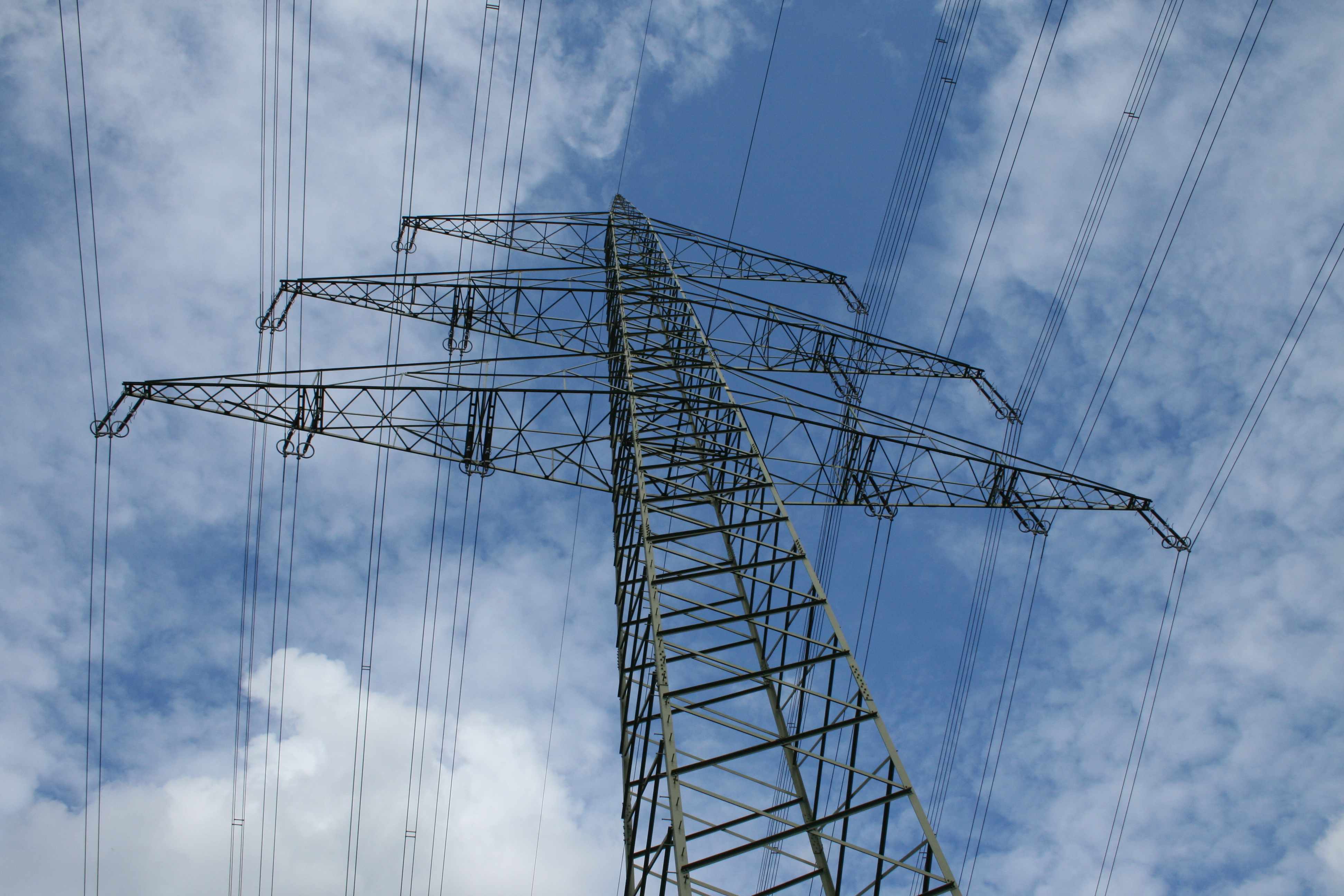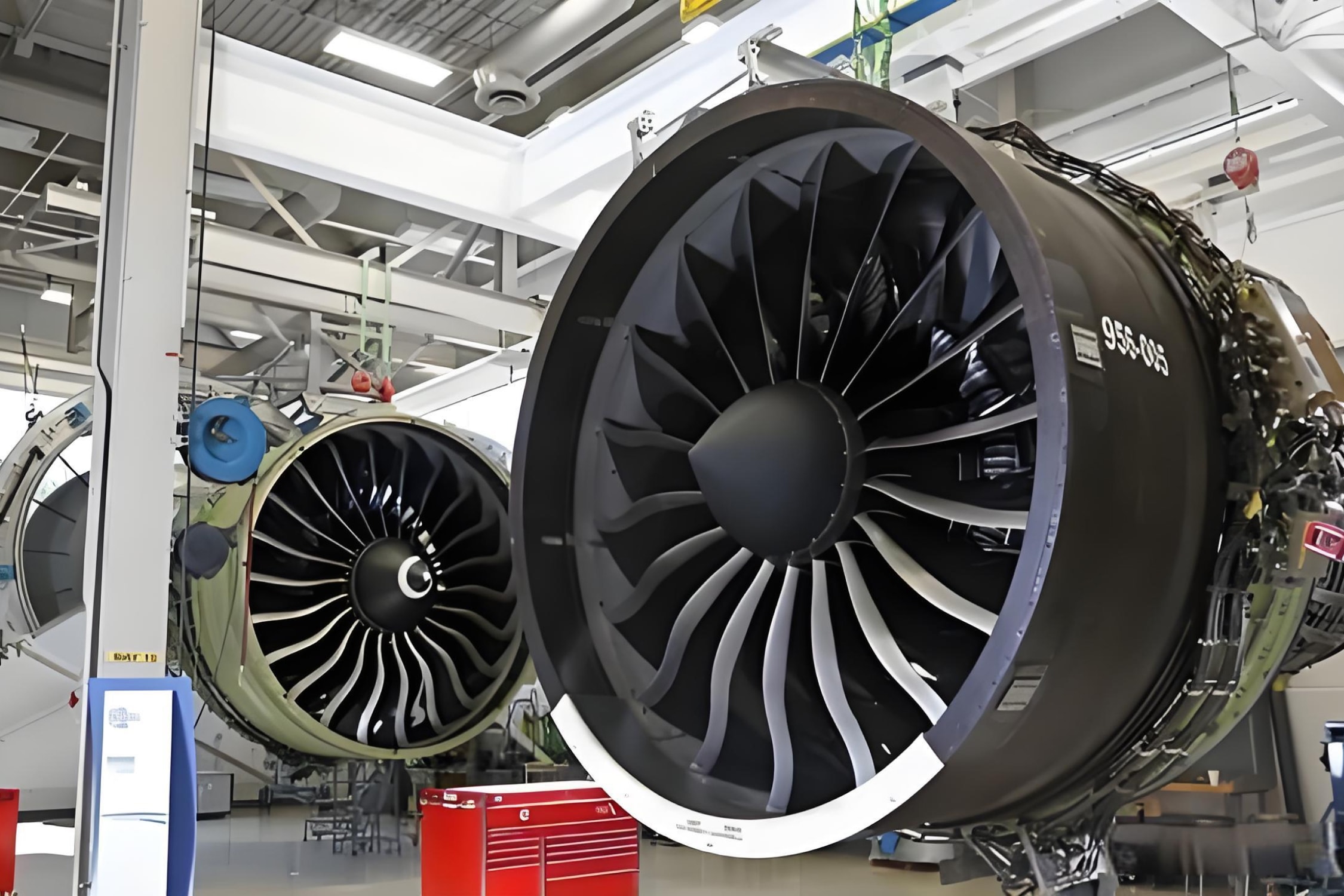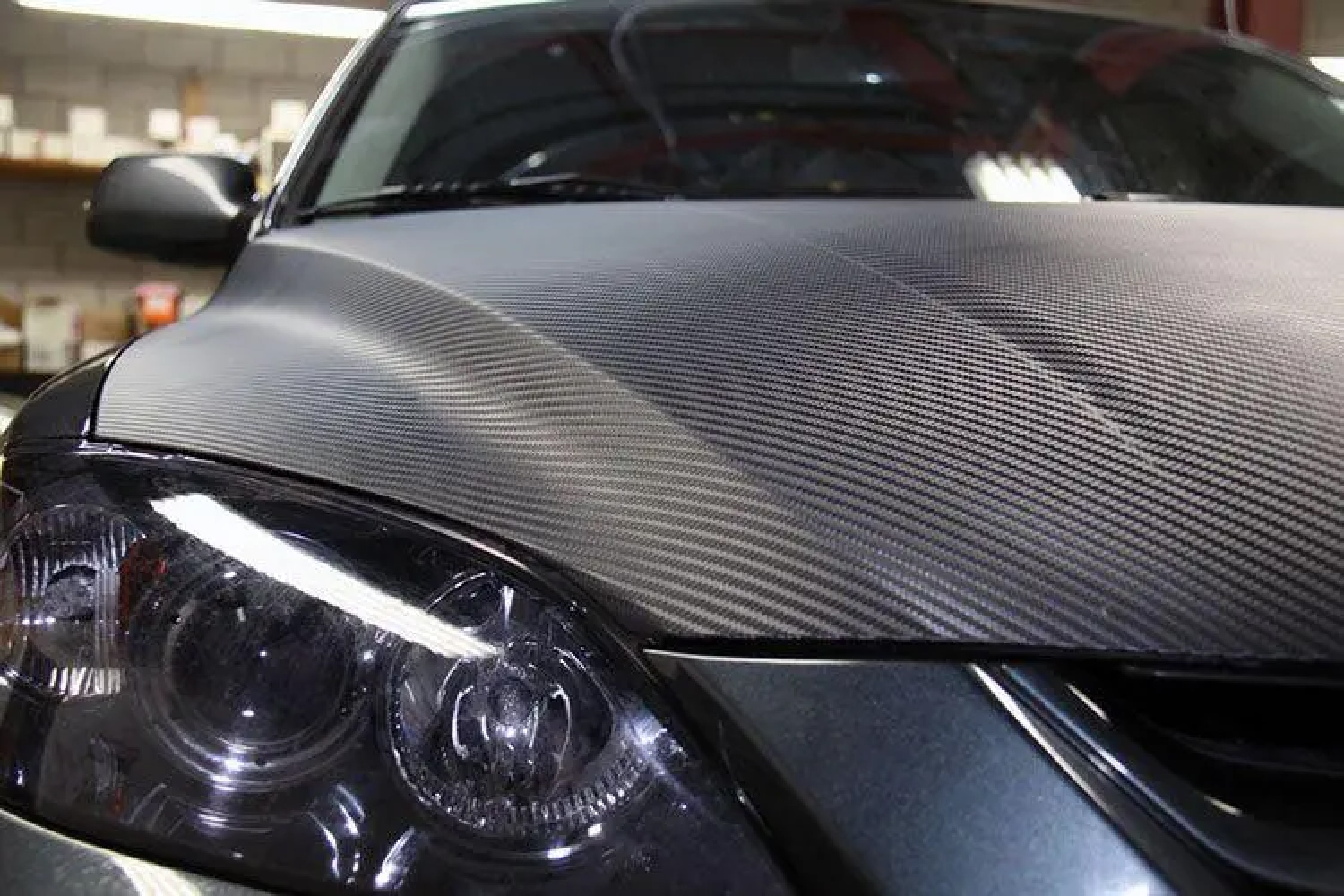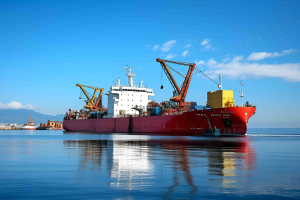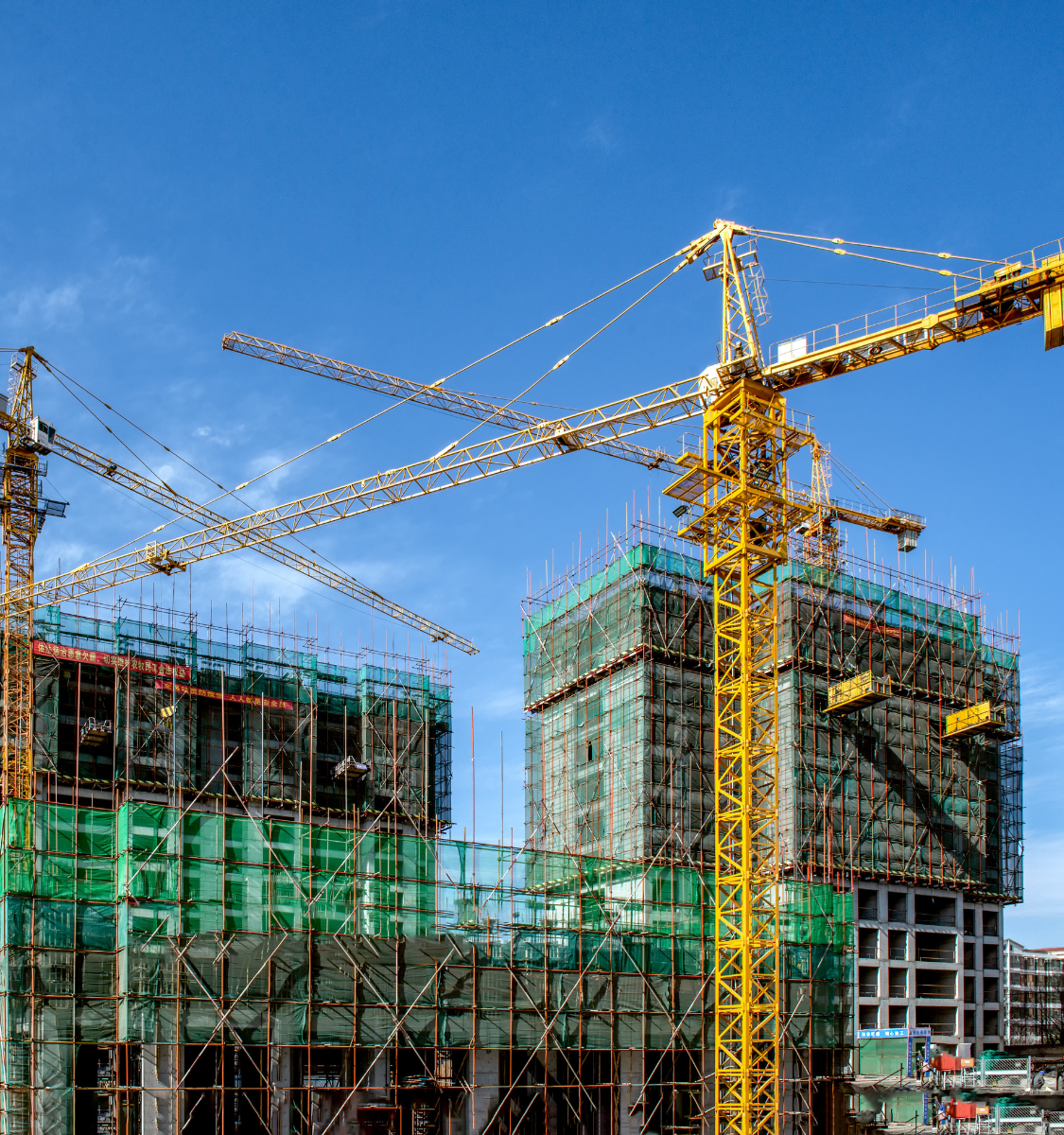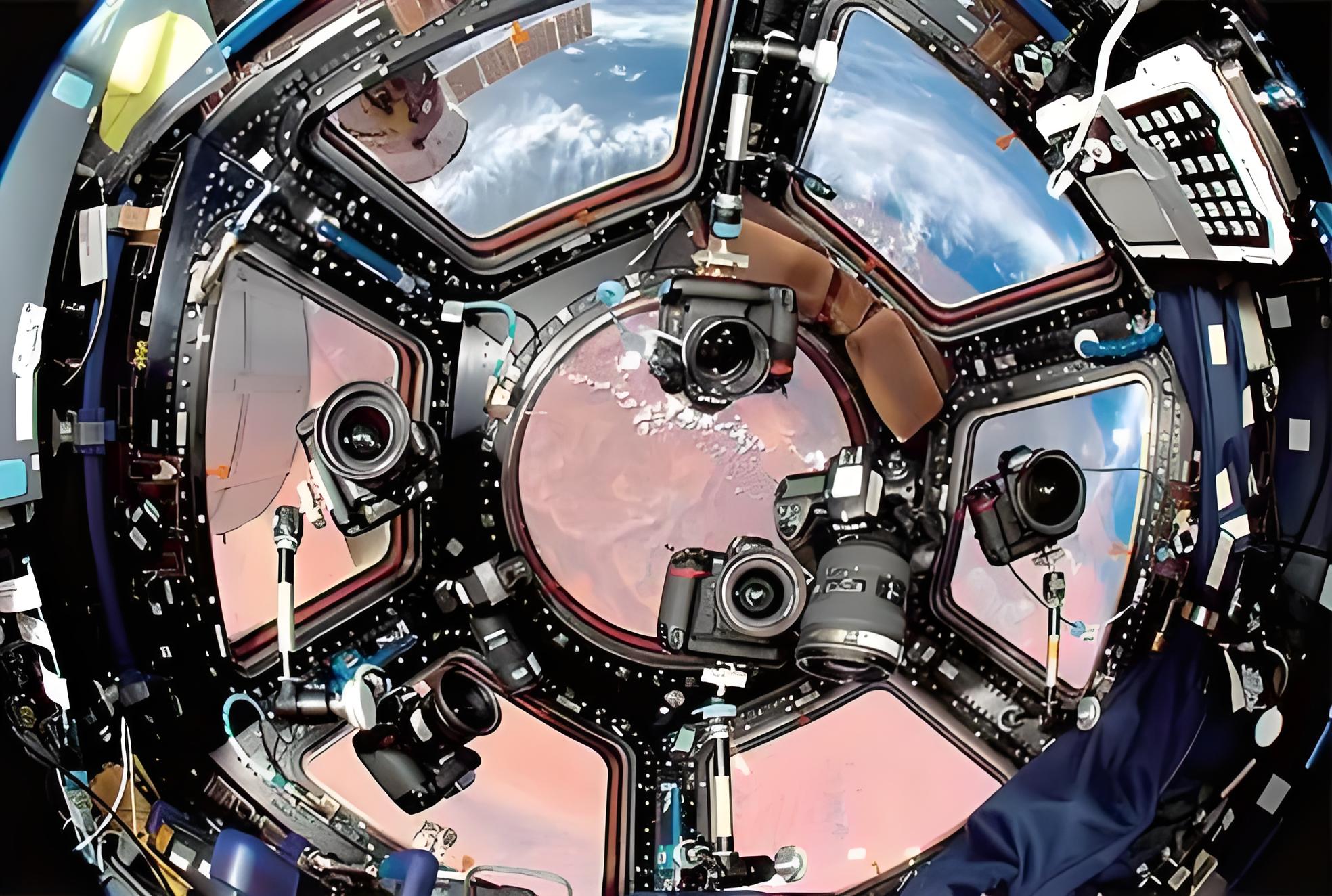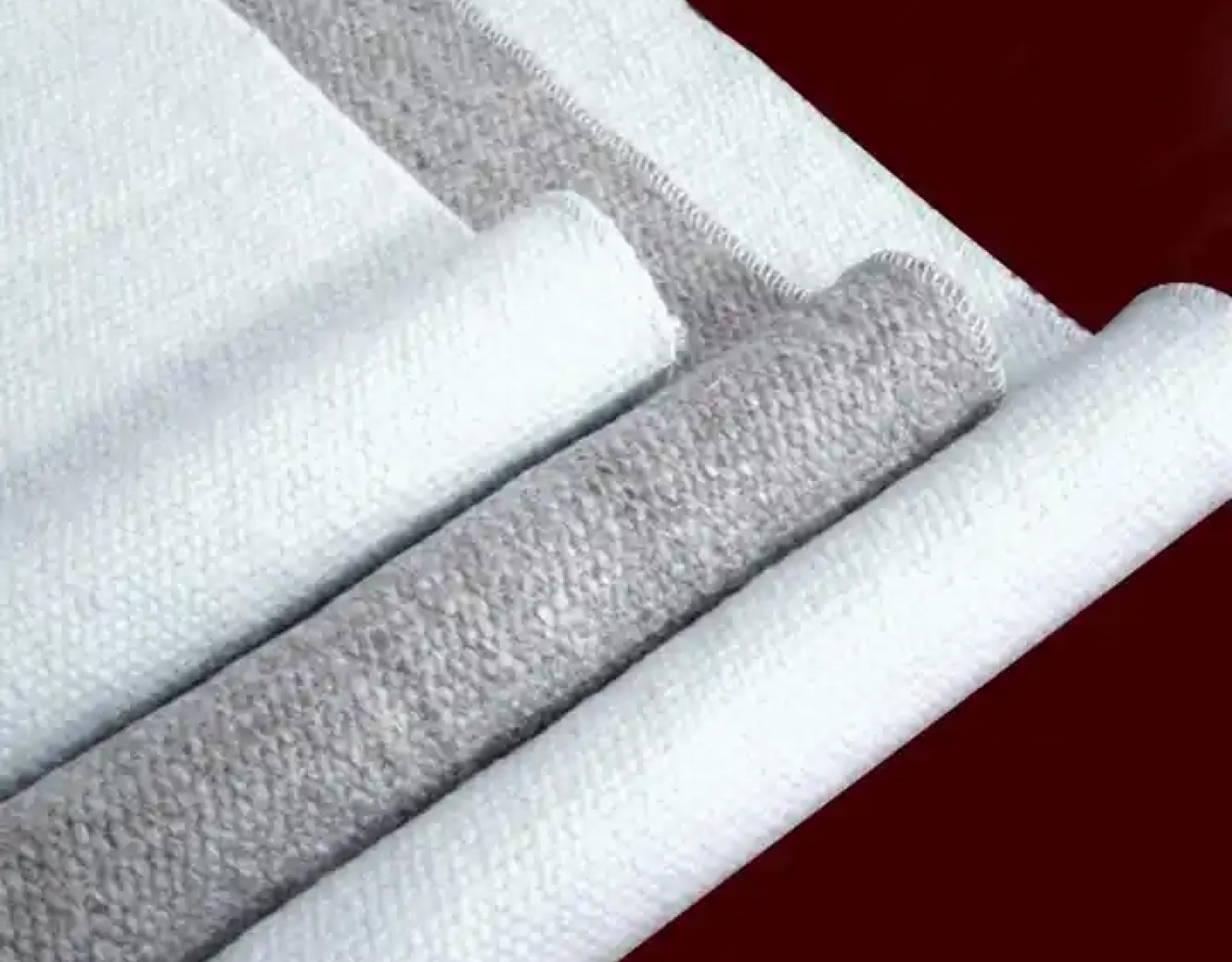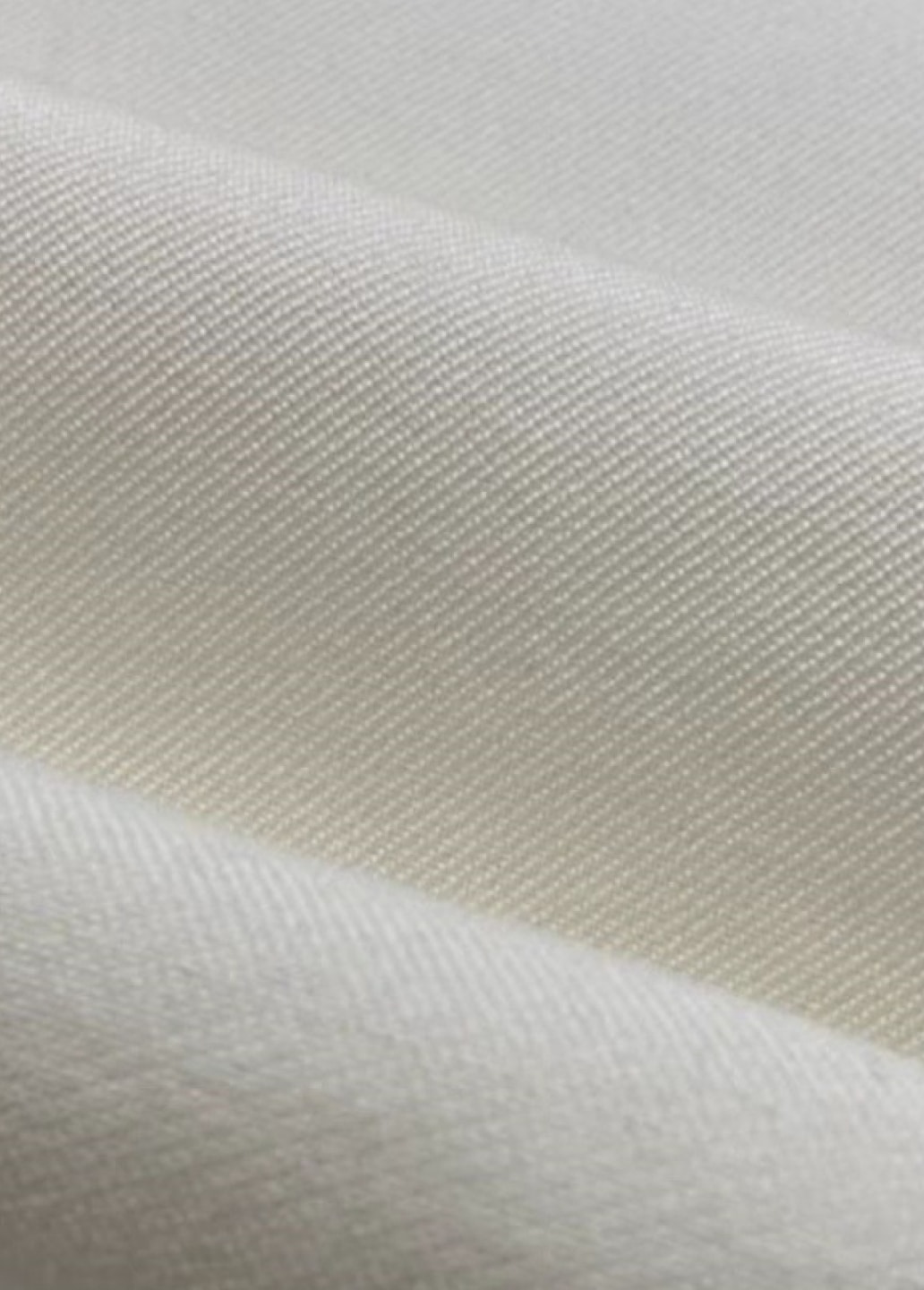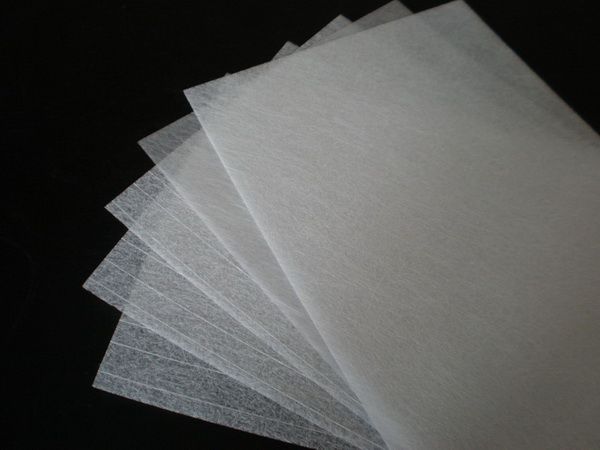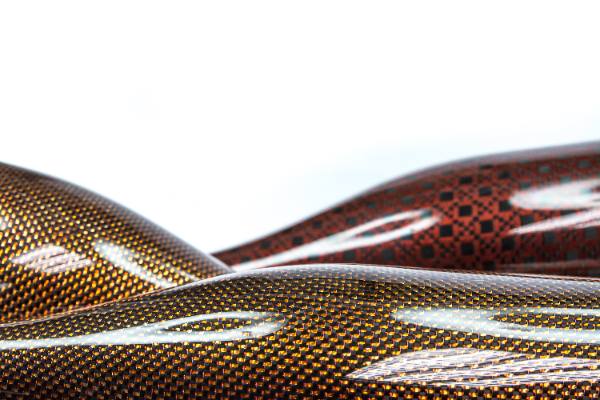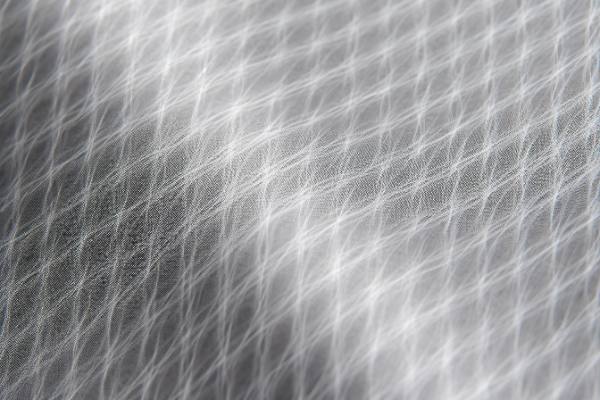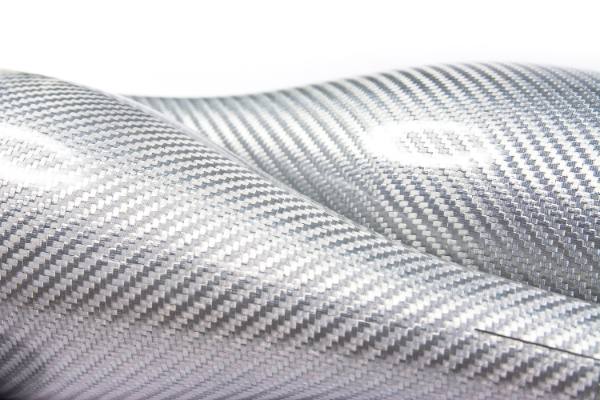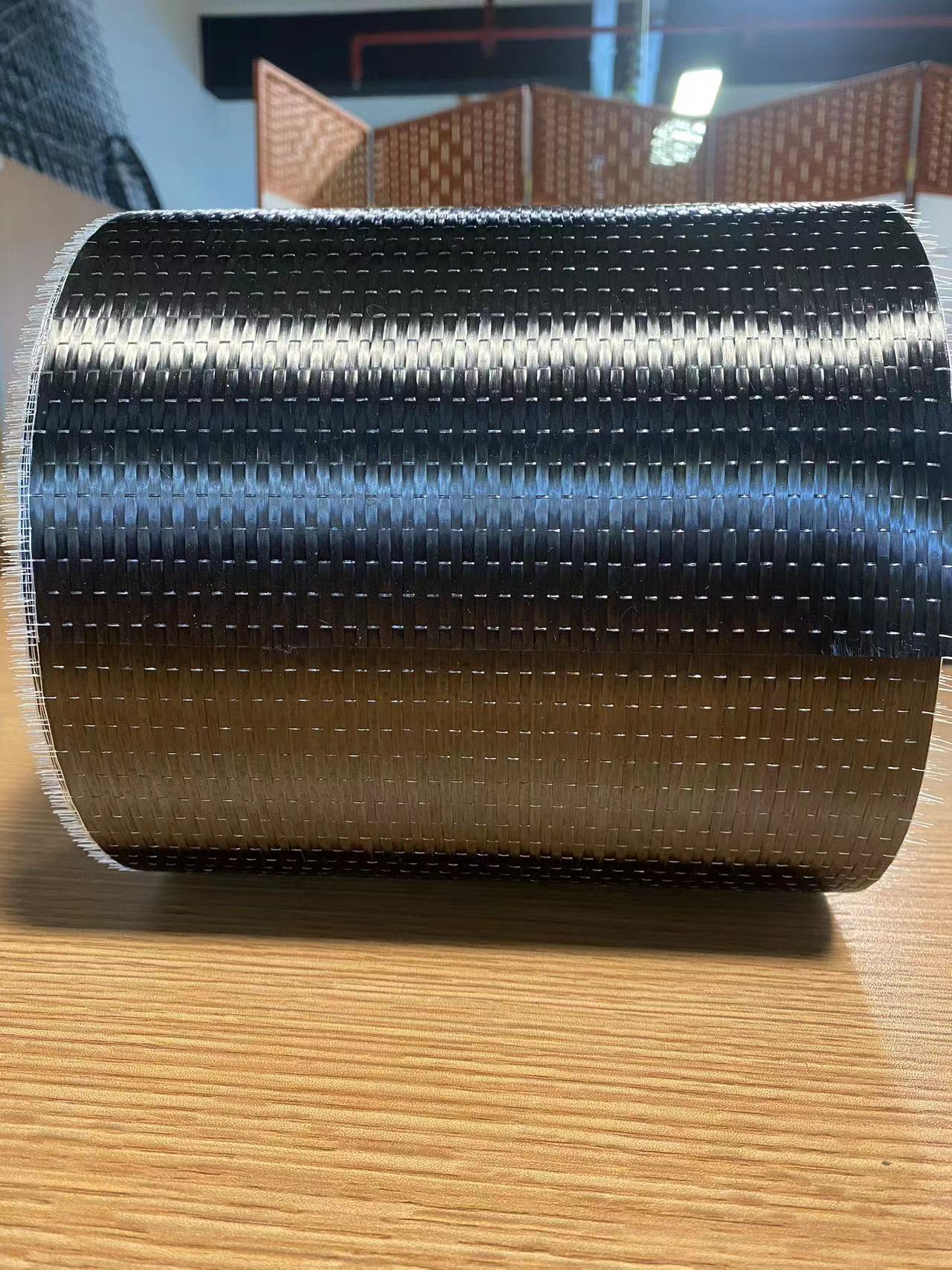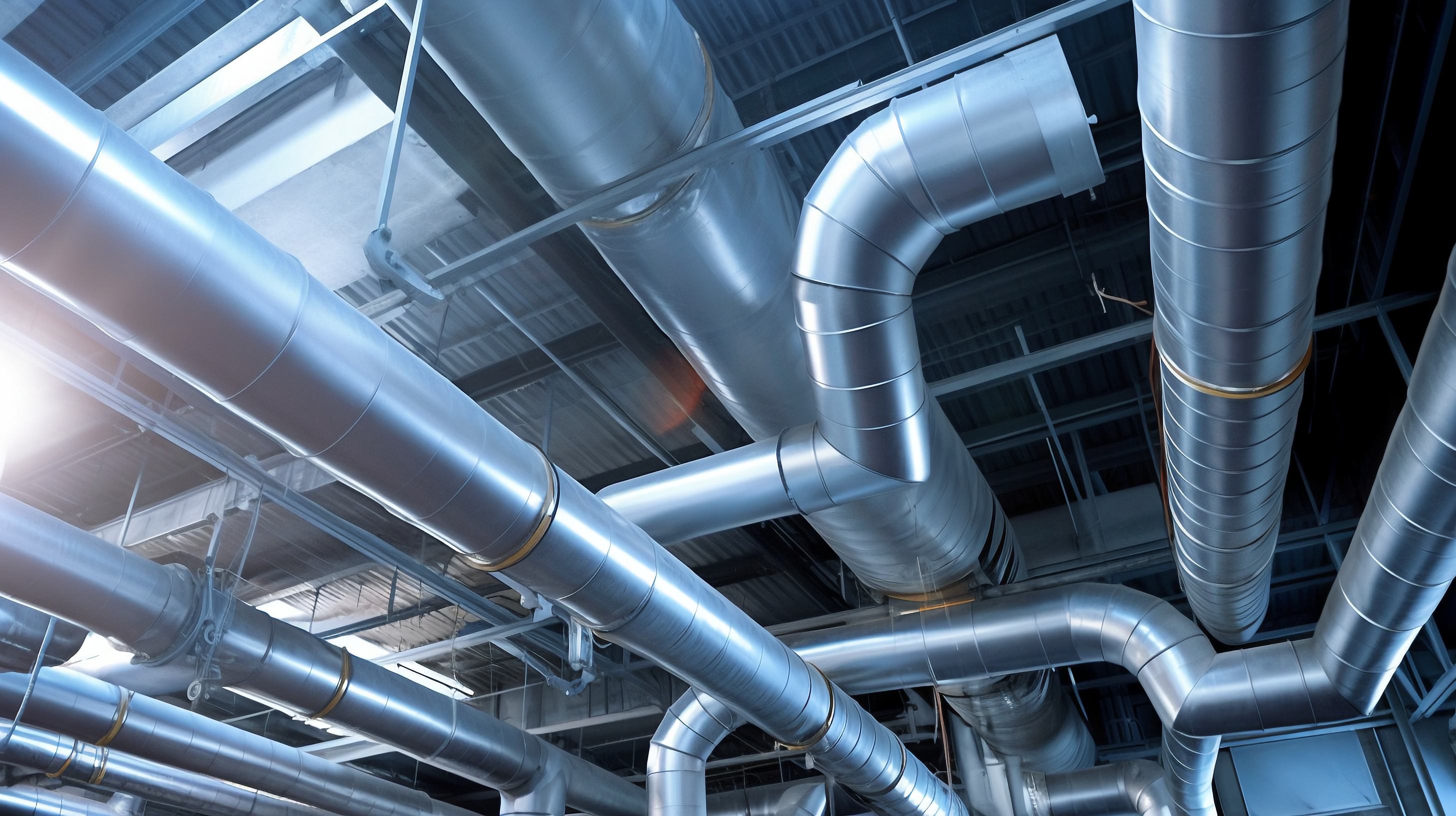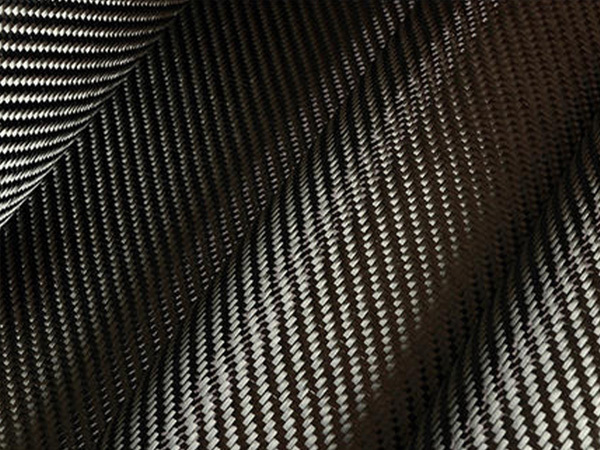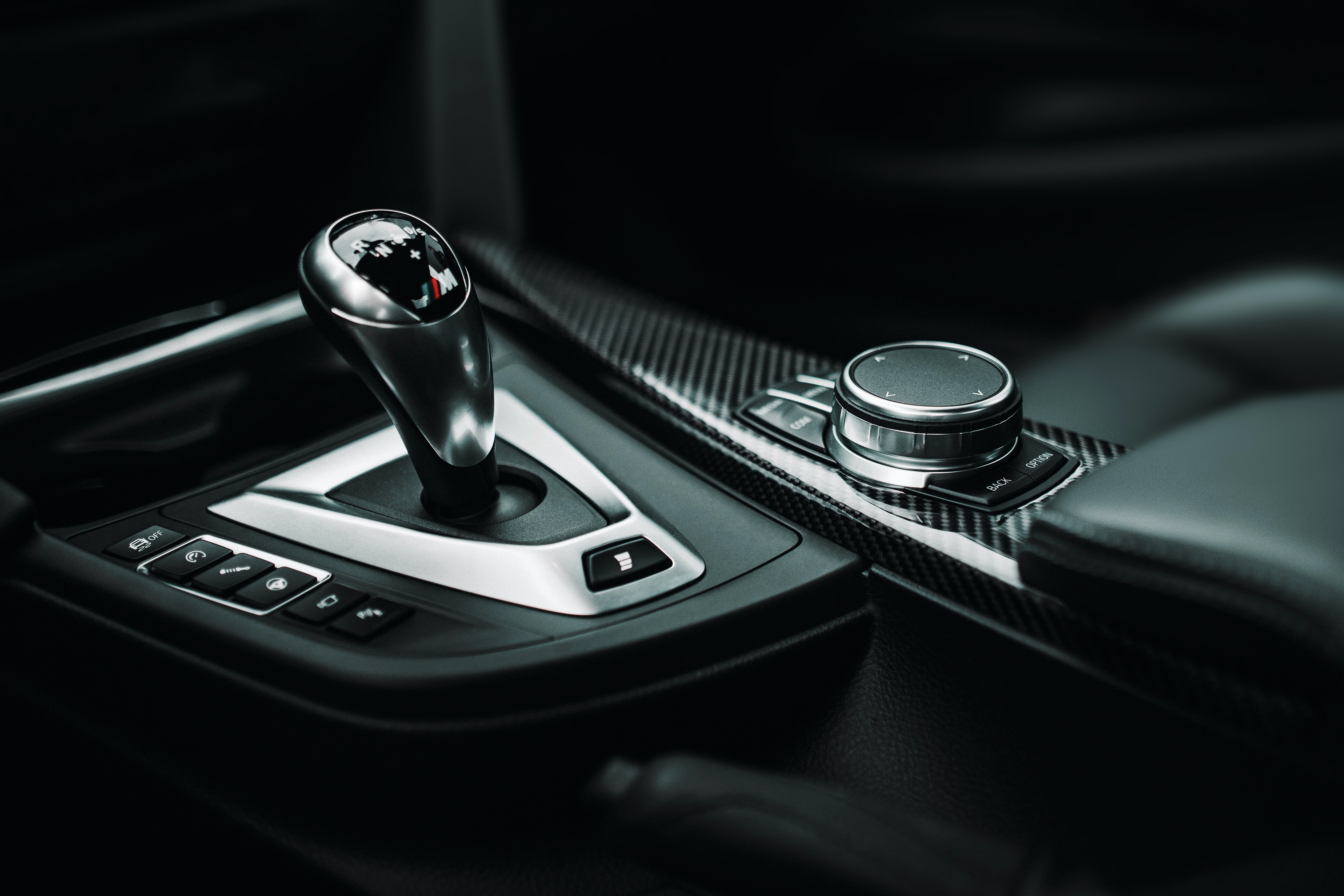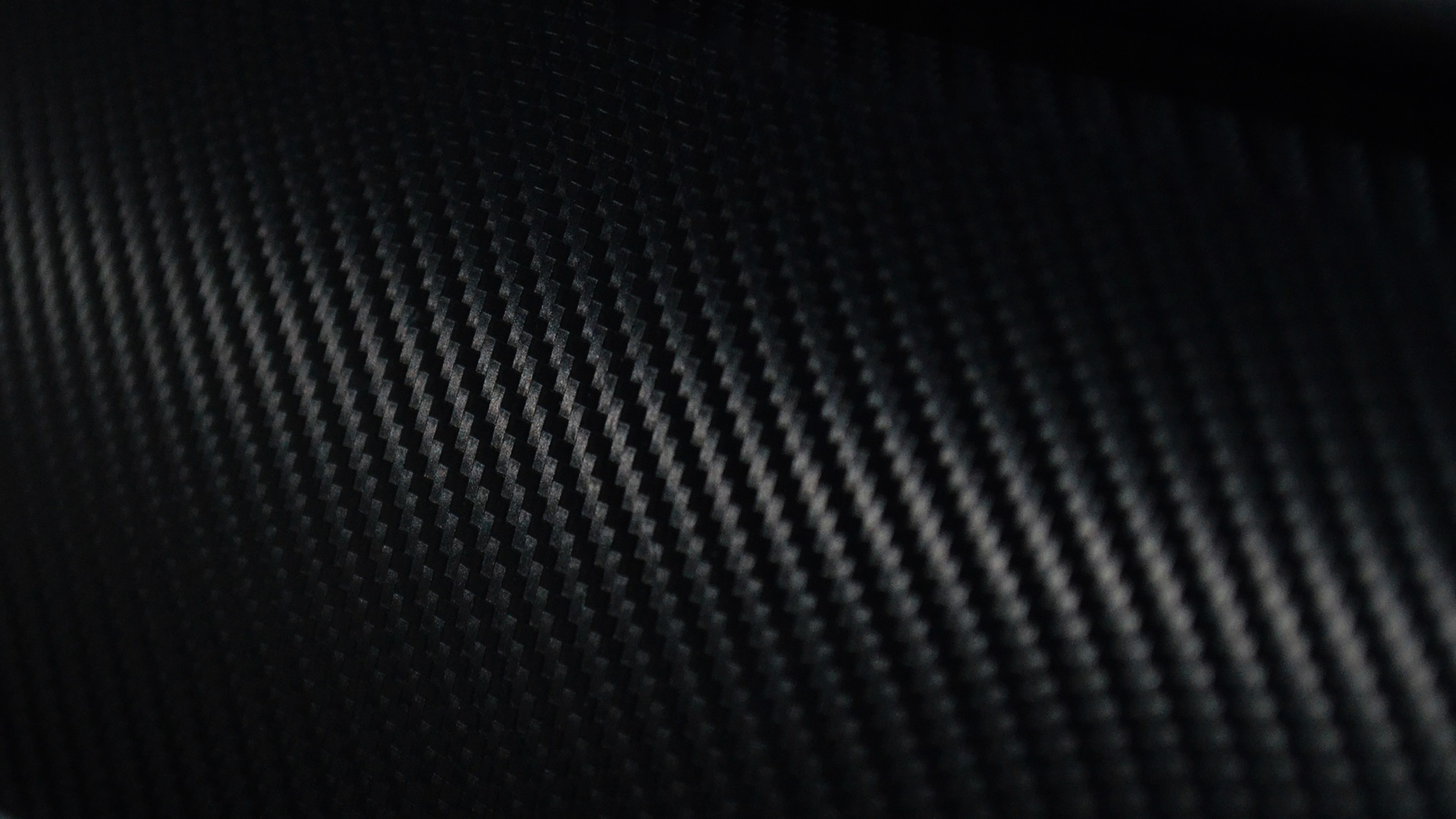+86-13732282311
merlin@xcellentcomposites.com
Let the world benefit from composite materials!
Carbon Fiber Wind Turbines: Revolutionizing the Renewable Energy Industry
The composite materials industry has seen significant growth in recent years, driven by increasing demand for lightweight, durable materials in industries such as aerospace, automotive, and renewable energy. The transition to renewable energy is one of the most critical challenges of our time, as the world grapples with the consequences of climate change, fossil fuel depletion, and the need for more sustainable energy sources. Among the many solutions being explored, wind power has emerged as a leading contender, offering a clean, abundant, and renewable energy source. However, as the wind energy industry continues to evolve, there is a growing need for improved turbine design, materials, and technology to enhance efficiency, reduce costs, and increase the lifespan of wind turbines.
One of the most exciting developments in wind turbine technology is the use of carbon fiber wind turbines, particularly carbon fiber turbine blades. This innovative material is reshaping the wind power industry, offering numerous benefits in terms of performance, longevity, and sustainability. In this blog, we will dive deeper into how carbon fiber is revolutionizing wind turbine technology and the renewable energy sector at large.
Understanding the Basics of Wind Turbines and Their Components
Before exploring the transformative effects of carbon fiber in wind turbines, it’s important to understand the fundamental components of a wind turbine and how they work together to generate electricity.
Core Components of a Wind Turbine:
- Blades: The blades of a wind turbine are arguably the most critical component of the system. They capture the kinetic energy from the wind and convert it into rotational mechanical energy. The longer the blades, the more wind energy they can capture. The shape, material, and design of the blades directly impact their efficiency, making them a key focus for optimization.
- Hub: The hub is the central part of the turbine where the blades are attached. It is connected to the shaft, which transfers rotational energy from the blades to the rest of the turbine system.
- Nacelle: The nacelle houses all the mechanical and electrical components necessary for turbine operation, such as the gearbox, generator, and control systems. The nacelle sits on top of the tower and is designed to rotate to face the wind.
- Tower: The tower supports the nacelle and blades. Towers are typically made from steel or concrete, with height playing a key role in maximizing the wind turbine’s efficiency. Taller towers allow turbines to access higher wind speeds and more consistent wind.
How Wind Turbines Work:
Wind turbines harness wind energy by utilizing the kinetic energy of the wind to spin large blades attached to a rotor. As the blades turn, they drive a shaft that connects to a generator, converting the mechanical energy into electrical power. The electricity is then transmitted through a grid to homes, businesses, and industries.
While the basic operation of wind turbines has remained largely unchanged for decades, the demand for more powerful, efficient, and durable turbines has spurred innovation in materials and design. This is where carbon fiber comes into play.
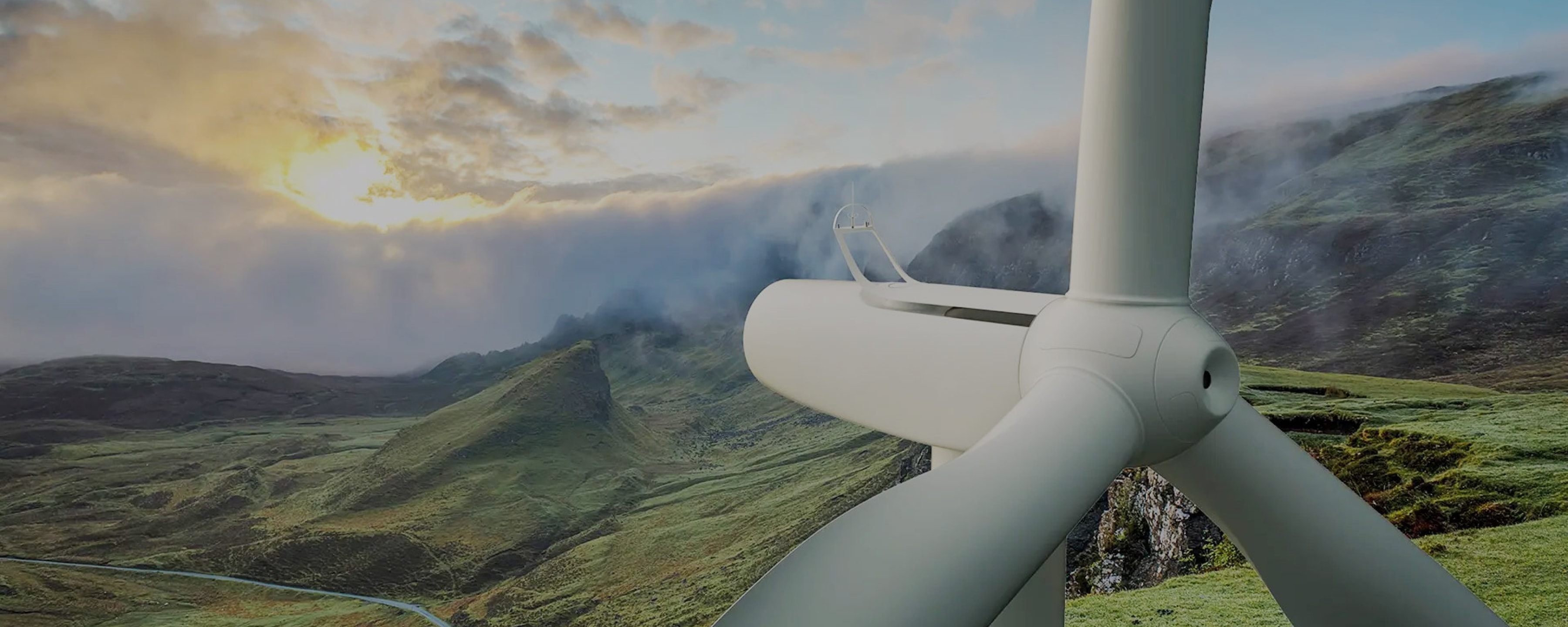
What Is Carbon Fiber and Why Is It Important for Wind Turbines?
Carbon fiber is a high-performance material known for its remarkable strength-to-weight ratio, corrosion resistance, and durability. Made from carbon atoms bonded together in a crystal structure, carbon fiber is exceptionally light and strong, making it ideal for applications in industries that require both strength and weight reduction, such as aerospace, automotive, and, increasingly, renewable energy.
Properties of Carbon Fiber That Benefit Wind Turbines:
- Lightweight: Carbon fiber is much lighter than metals, such as steel and aluminum, which are traditionally used in wind turbine blades. This characteristic significantly reduces the weight of the blades, making it easier for the turbine to rotate and increasing its overall efficiency. The reduction in weight also has a positive impact on the structure and other components, which do not have to withstand as much strain.
- High Strength-to-Weight Ratio: Carbon fiber is incredibly strong relative to its weight. This makes it ideal for wind turbine blades, which must withstand immense forces due to wind pressure, gravitational pull, and rotational stresses. By using carbon fiber, engineers can design blades that are both light and capable of enduring these forces over extended periods.
- Durability and Corrosion Resistance: One of the key advantages of carbon fiber over traditional materials like fiberglass is its exceptional resistance to corrosion. Wind turbines are typically exposed to harsh weather conditions, including rain, saltwater (in offshore installations), and UV radiation from the sun. Carbon fiber's resistance to these elements means that the turbine blades can last longer without deteriorating, reducing the frequency of maintenance and replacement.
- Flexibility in Design: Carbon fiber can be molded into complex shapes with a high degree of precision. This allows for the creation of more aerodynamic blades with optimized shapes that maximize energy capture. Traditional materials, such as fiberglass, can be more difficult to shape, limiting the potential for innovation in blade design.
These unique properties of carbon fiber make it a highly attractive material for carbon fiber wind turbines and carbon fiber turbine blades.
The Role of Carbon Fiber in Wind Turbine Blades
Turbine blades are exposed to the most significant stresses and forces during operation. As wind turbines continue to increase in size to generate more power, the need for lightweight yet durable materials for turbine blades becomes even more critical. Carbon fiber turbine blades offer several key advantages over traditional materials, including fiberglass.
1. Improved Strength and Durability
As wind turbines grow larger, the size and weight of their blades also increase, which in turn places greater stress on the materials used to construct the blades. Traditional materials like fiberglass are often reinforced with metals to increase strength, but this also adds weight, which can limit efficiency. In contrast, carbon fiber turbine blades maintain a high strength-to-weight ratio, allowing them to handle greater stress without adding weight.
Carbon fiber is also highly resistant to fatigue, meaning that the blades can withstand repetitive mechanical stresses over long periods without weakening. This is a major advantage, especially for offshore wind turbines, which face harsher environmental conditions.
2. Enhanced Efficiency Through Lightweight Design
The weight of a wind turbine blade plays a significant role in its efficiency. Heavier blades require more energy to rotate, reducing the turbine’s ability to capture wind energy. Carbon fiber wind turbine blades are much lighter than their fiberglass counterparts, meaning they require less energy to move and can generate more power with the same amount of wind.
The lighter weight also allows for longer blades, which capture more energy from the wind. Longer blades increase the swept area—the total area covered by the rotating blades—and therefore, the amount of energy that can be extracted. This makes carbon fiber wind turbines more effective in regions with lower or less consistent wind speeds, as the blades can still operate efficiently at lower wind speeds.
3. Aerodynamic Performance
The design of the turbine blade is crucial to its performance. An aerodynamic blade shape can reduce drag and increase lift, which translates to better energy capture and overall performance. Traditional materials, such as fiberglass, can be harder to shape precisely, limiting the optimization of blade designs.
Carbon fiber turbine blades can be molded into more intricate and optimized aerodynamic shapes. Engineers can design blades that minimize drag and maximize energy conversion efficiency. By improving the blade's shape and performance, carbon fiber blades contribute to higher energy output with less wind, increasing the overall efficiency of the turbine.
Environmental Impact and Sustainability
The drive for renewable energy solutions is not just about generating power; it's also about reducing the environmental impact of the technologies we use. Wind energy is already one of the most sustainable power sources available, but the materials used in wind turbines also play a significant role in the overall sustainability of the industry.
1. Reduced Carbon Footprint
While carbon fiber wind turbines are made from carbon fiber, which is a carbon-intensive material to produce, the long-term environmental benefits outweigh the initial carbon footprint. Carbon fiber's durability and longer lifespan mean that carbon fiber turbine blades do not need to be replaced as often as fiberglass blades. Additionally, carbon fiber is recyclable, though the technology for large-scale carbon fiber recycling is still developing.
By using carbon fiber turbine blades, wind turbines can operate more efficiently for longer periods, reducing the need for replacements and the environmental impact of manufacturing new blades. This extended operational lifespan contributes to the sustainability of the wind energy sector.
2. Reduced Maintenance and Longevity
The corrosion resistance of carbon fiber means that wind turbine blades made from this material can endure in even the harshest environmental conditions—such as offshore installations—without significant degradation. This resistance to corrosion and wear reduces the need for frequent maintenance and repairs, ultimately reducing the carbon footprint associated with upkeep and part replacements.
Challenges and Considerations
While carbon fiber is a promising material for carbon fiber wind turbines, there are challenges that still need to be addressed.
1. Cost of Production
The high cost of producing carbon fiber remains a significant barrier to its widespread use in wind turbines. Carbon fiber is much more expensive than traditional materials like fiberglass, which can drive up the overall cost of wind turbine manufacturing. While the price of carbon fiber has decreased in recent years, it is still considerably higher than other materials used in turbine production.
2. Scalability of Manufacturing
The mass production of carbon fiber turbine blades requires specialized manufacturing techniques. Carbon fiber is more complex and expensive to manufacture compared to fiberglass, which poses a challenge for scaling up its use in the wind energy sector. Manufacturers are exploring ways to streamline production processes and reduce costs, but significant advancements are still needed to make carbon fiber blades affordable for widespread use.
3. Recycling and End-of-Life Management
While carbon fiber is durable and long-lasting, it remains difficult to recycle at the end of a wind turbine's lifecycle. Recycling carbon fiber blades is challenging due to the material's complex structure. As the wind energy industry grows, finding viable solutions for the recycling of carbon fiber turbine blades will be crucial for minimizing the environmental impact of wind energy production.
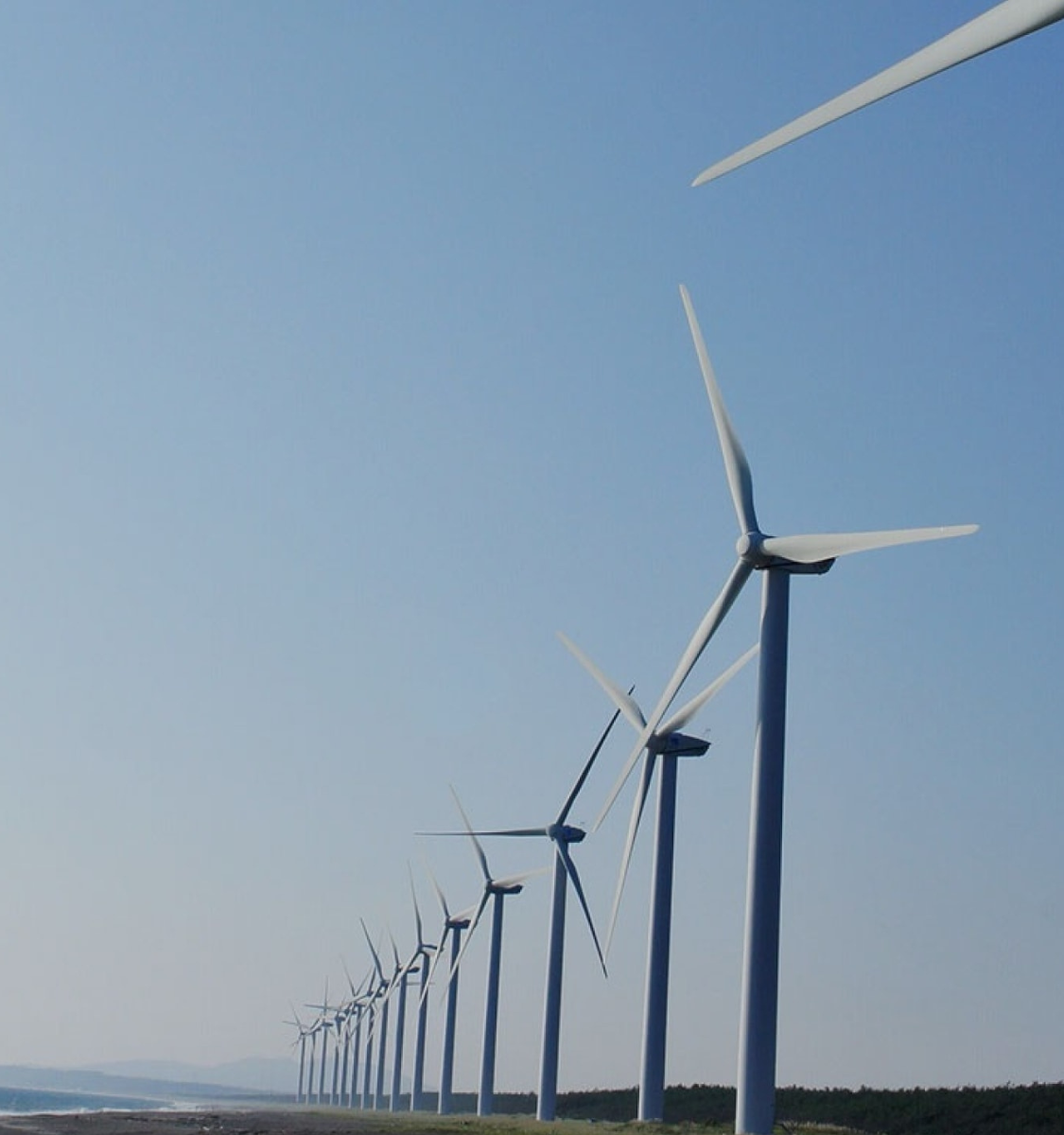
The Future of Carbon Fiber in Wind Energy
Despite the challenges, the future of carbon fiber wind turbines looks promising. As production techniques improve, costs are expected to decrease, making carbon fiber blades more accessible for turbine manufacturers. The performance benefits—such as increased strength, reduced weight, and improved efficiency—make carbon fiber an ideal material for future wind turbines, particularly as turbines continue to grow larger and more powerful.
The carbon fiber wind turbine will likely become the standard for high-performance turbines in the coming years, leading to more efficient, durable, and sustainable wind energy solutions.
Conclusion
Carbon fiber wind turbines represent a leap forward in the renewable energy sector. By offering improved performance, reduced maintenance, and longer lifespans, carbon fiber turbine blades have the potential to transform the wind energy industry, helping to meet global energy demands while reducing environmental impacts. As technology advances, we can expect to see more widespread adoption of carbon fiber in wind turbine design, ushering in a new era of cleaner, more efficient energy production. With carbon fiber at the forefront, the future of wind energy looks brighter than ever.
Popular Composite Materials
Popular Composite Materials
Composites Knowledge Hub
Composites Knowledge Hub

